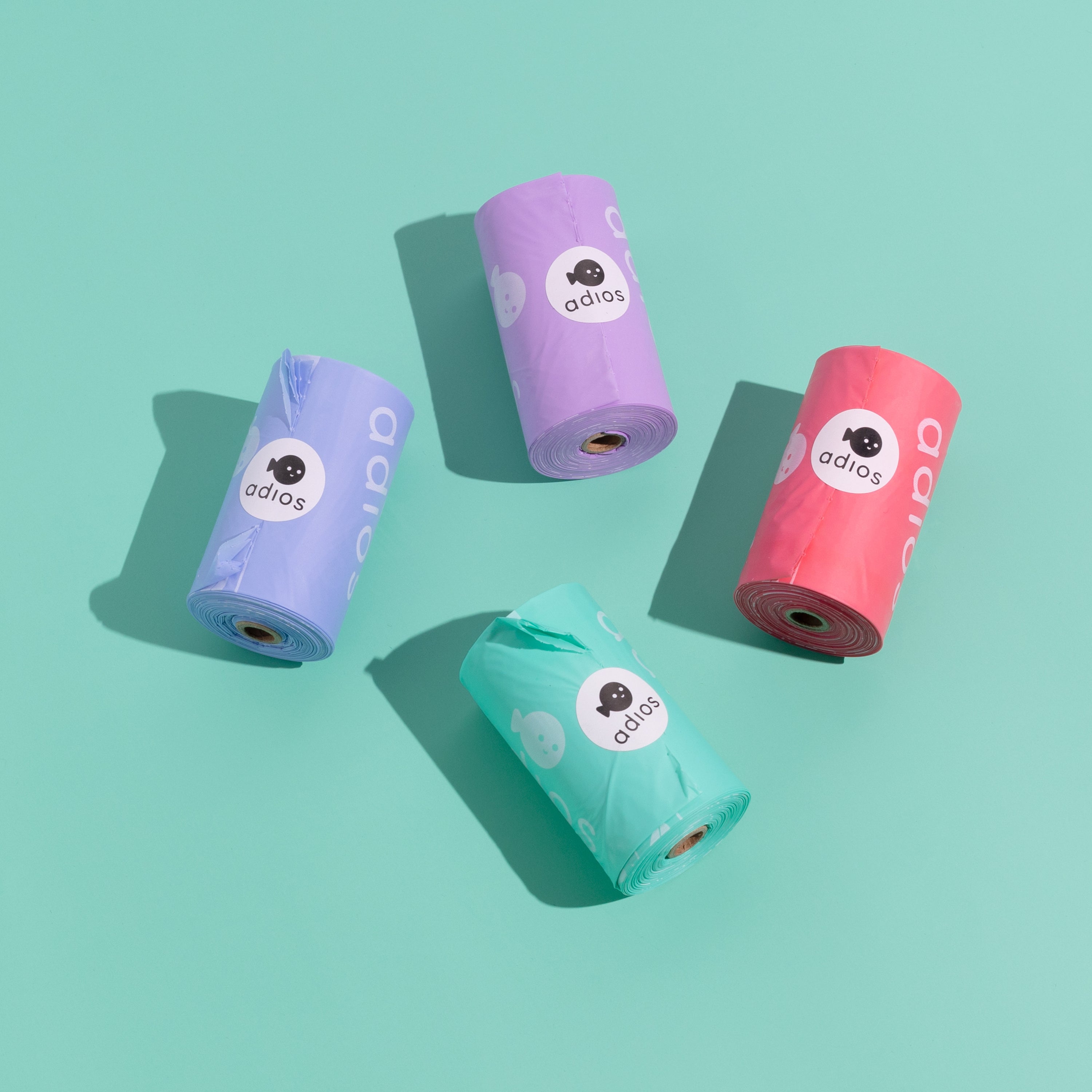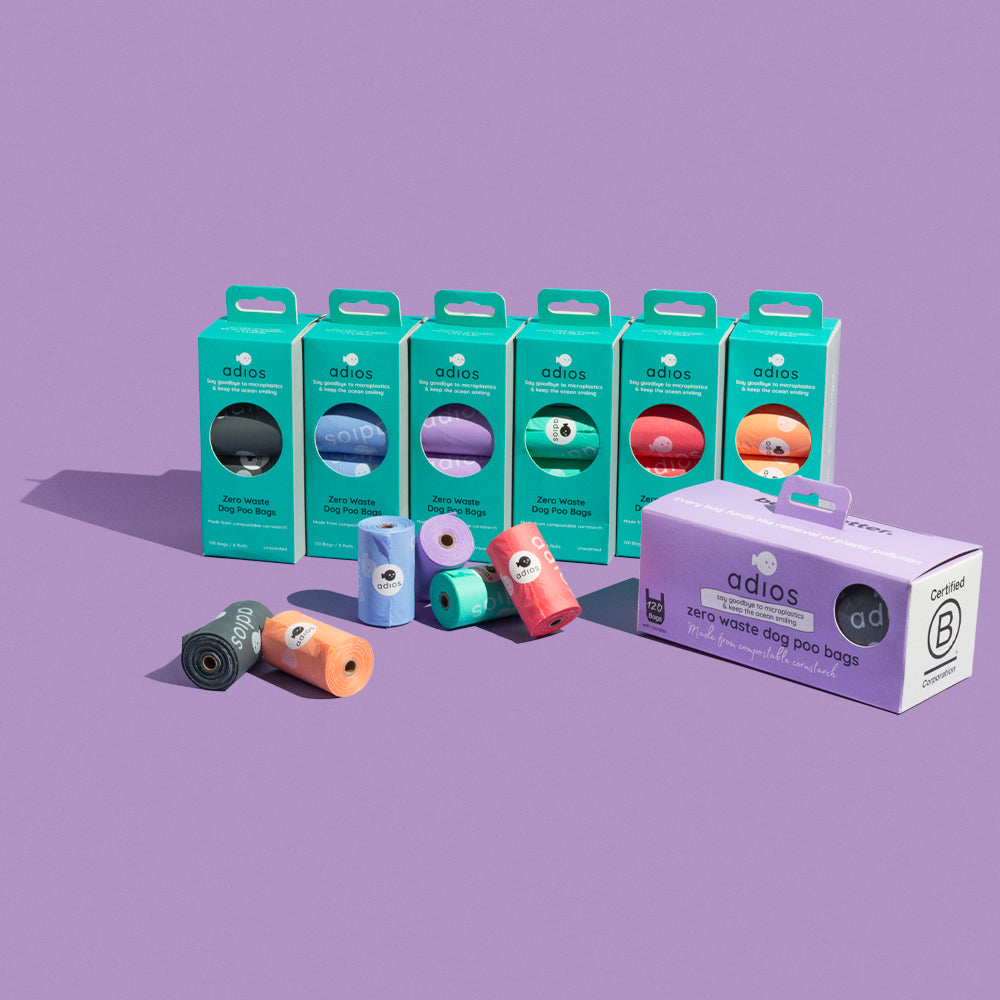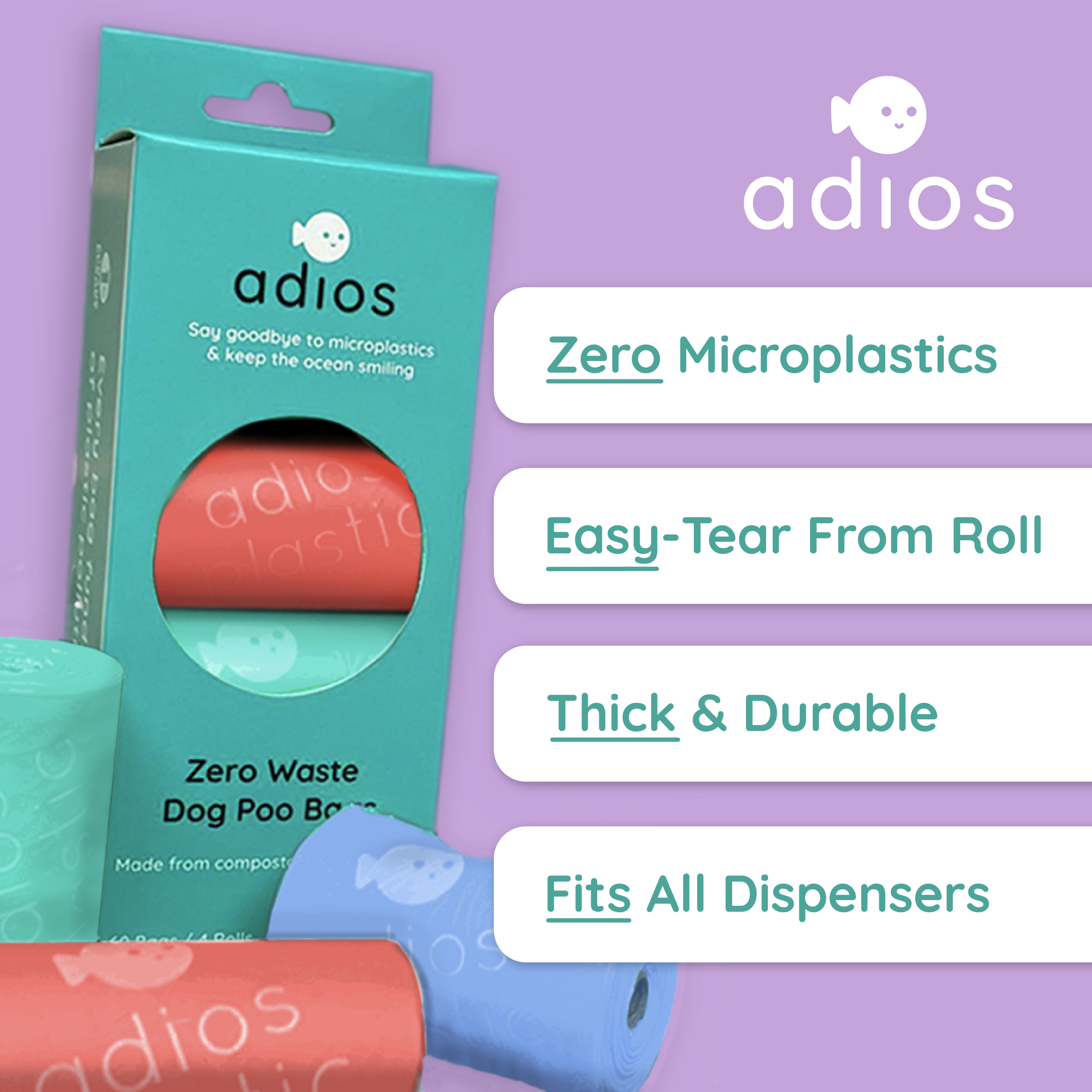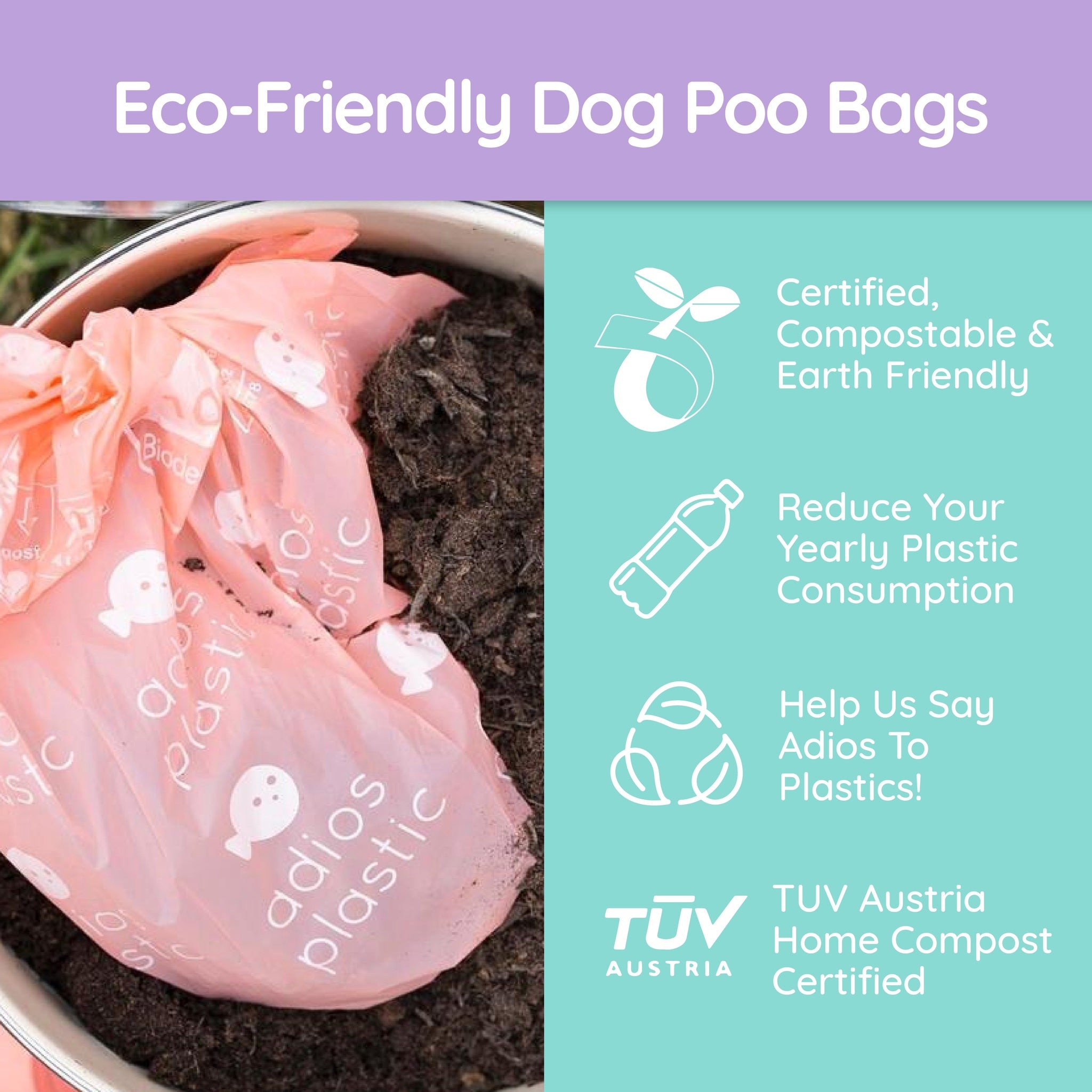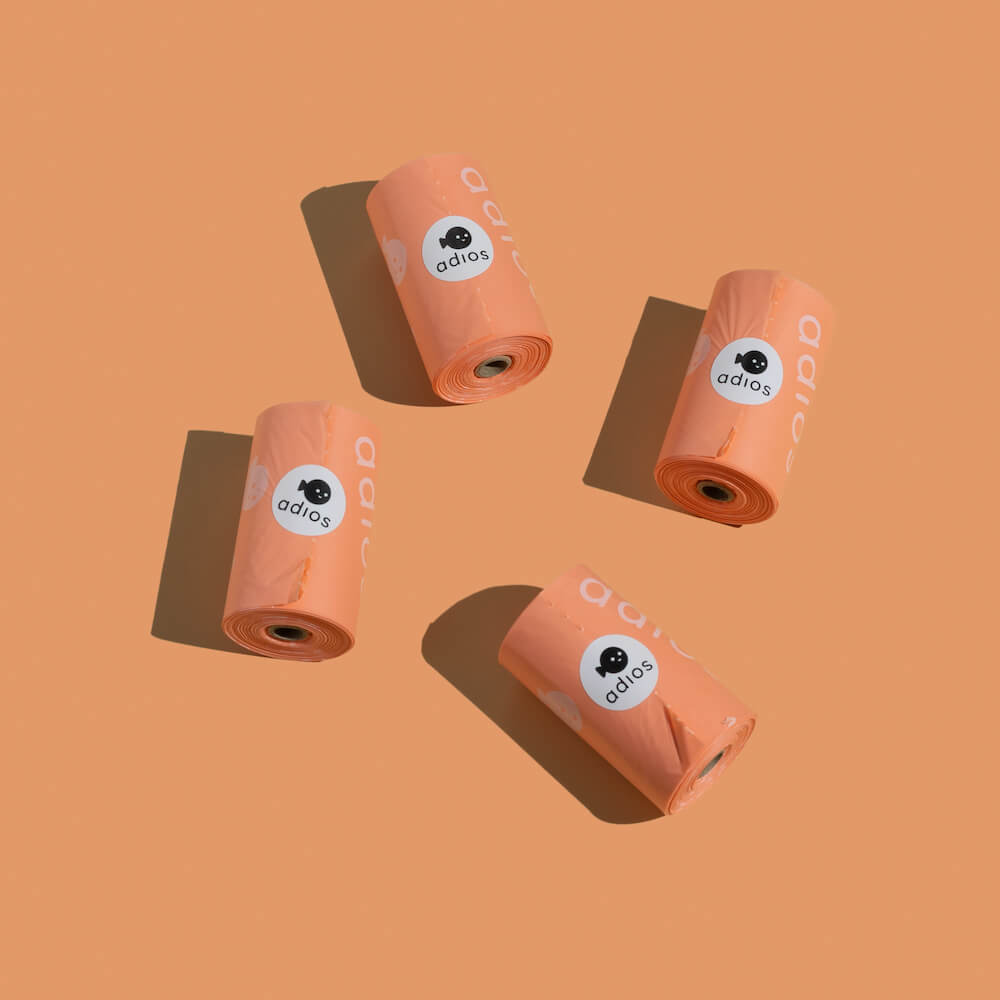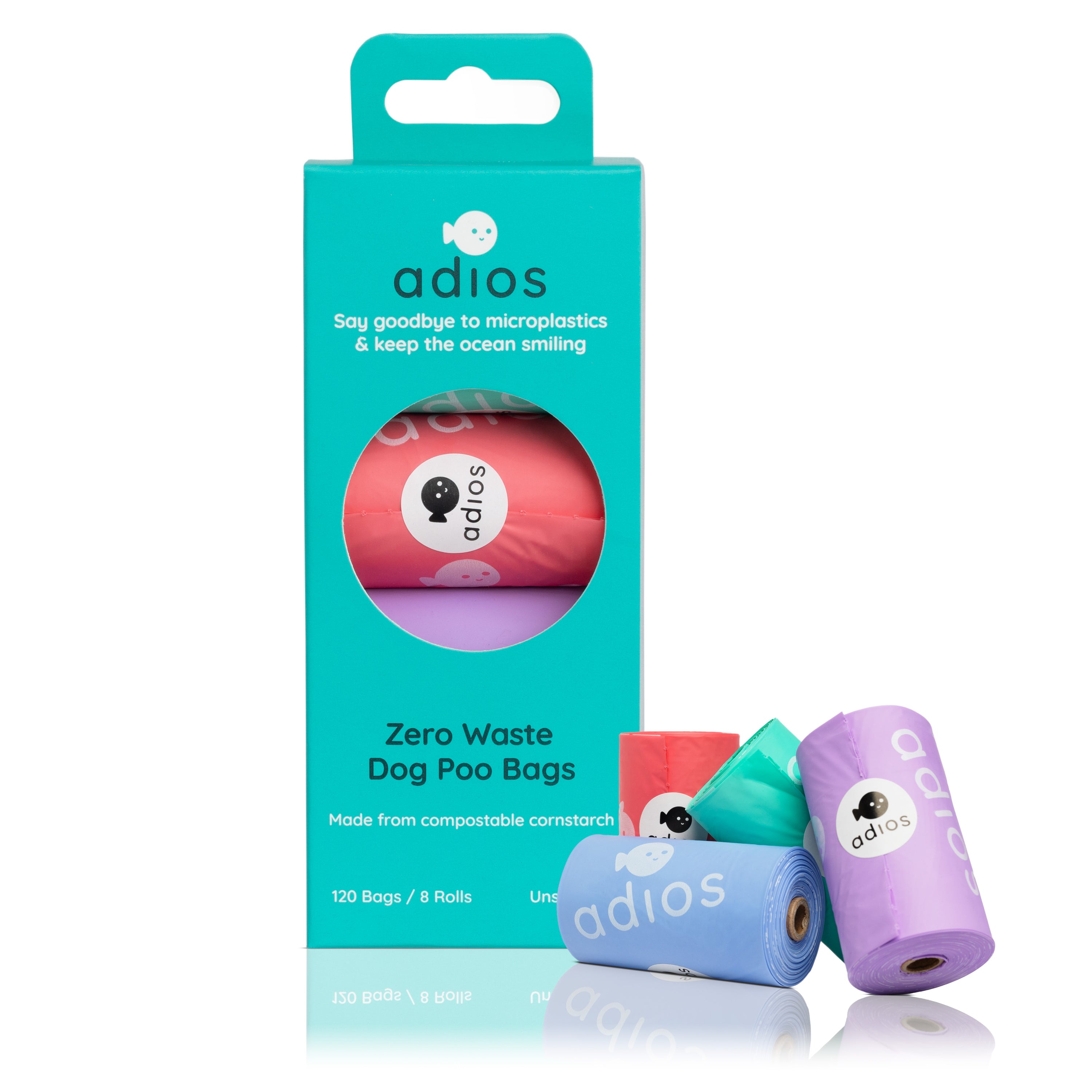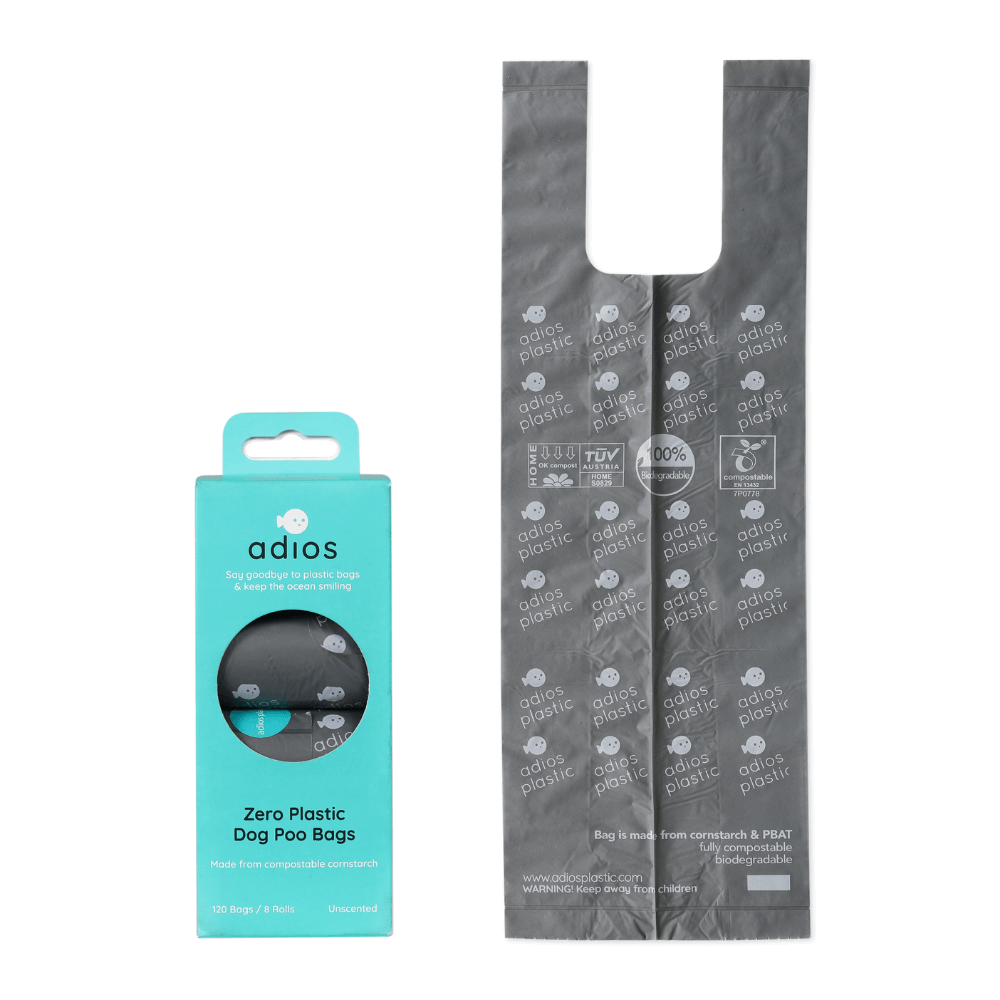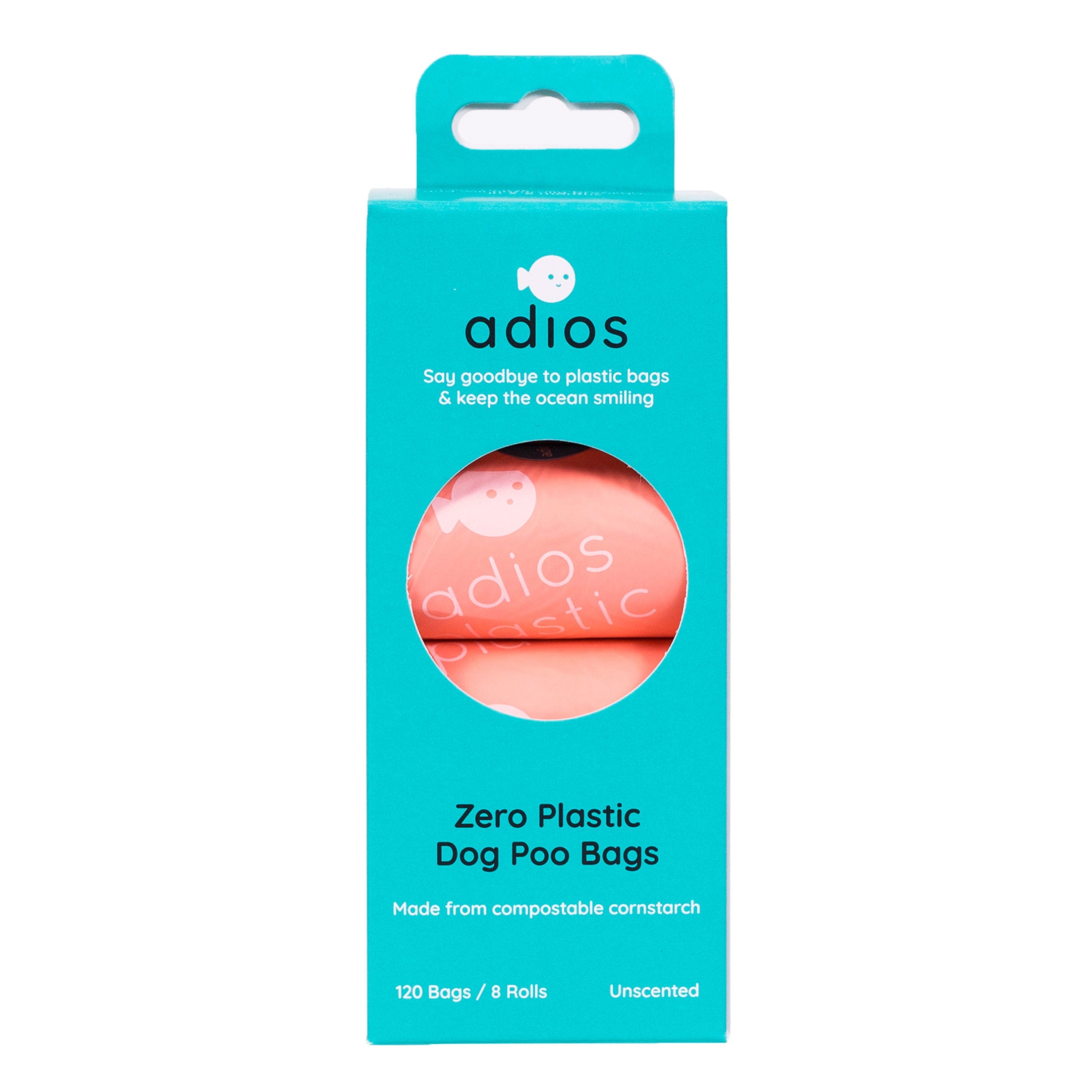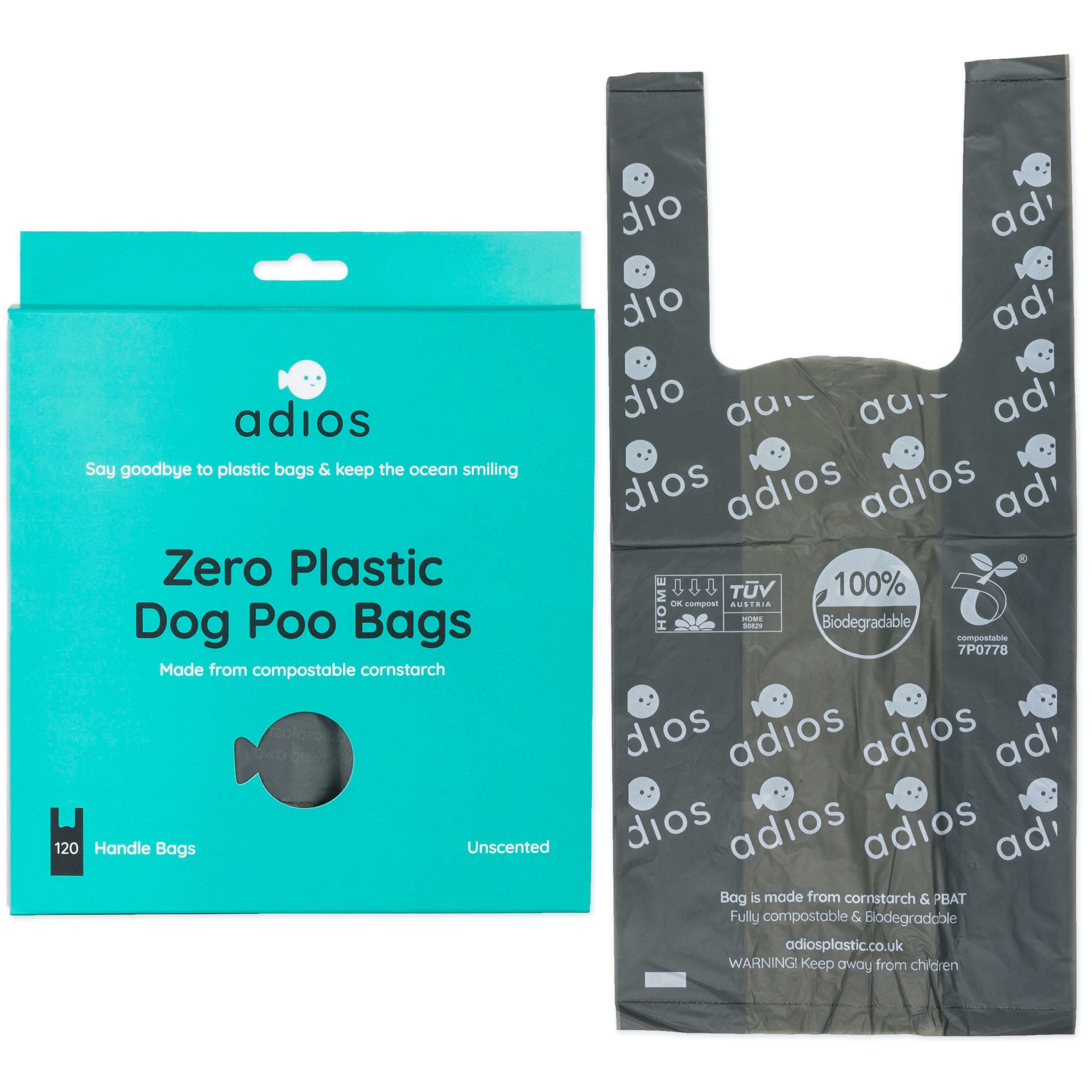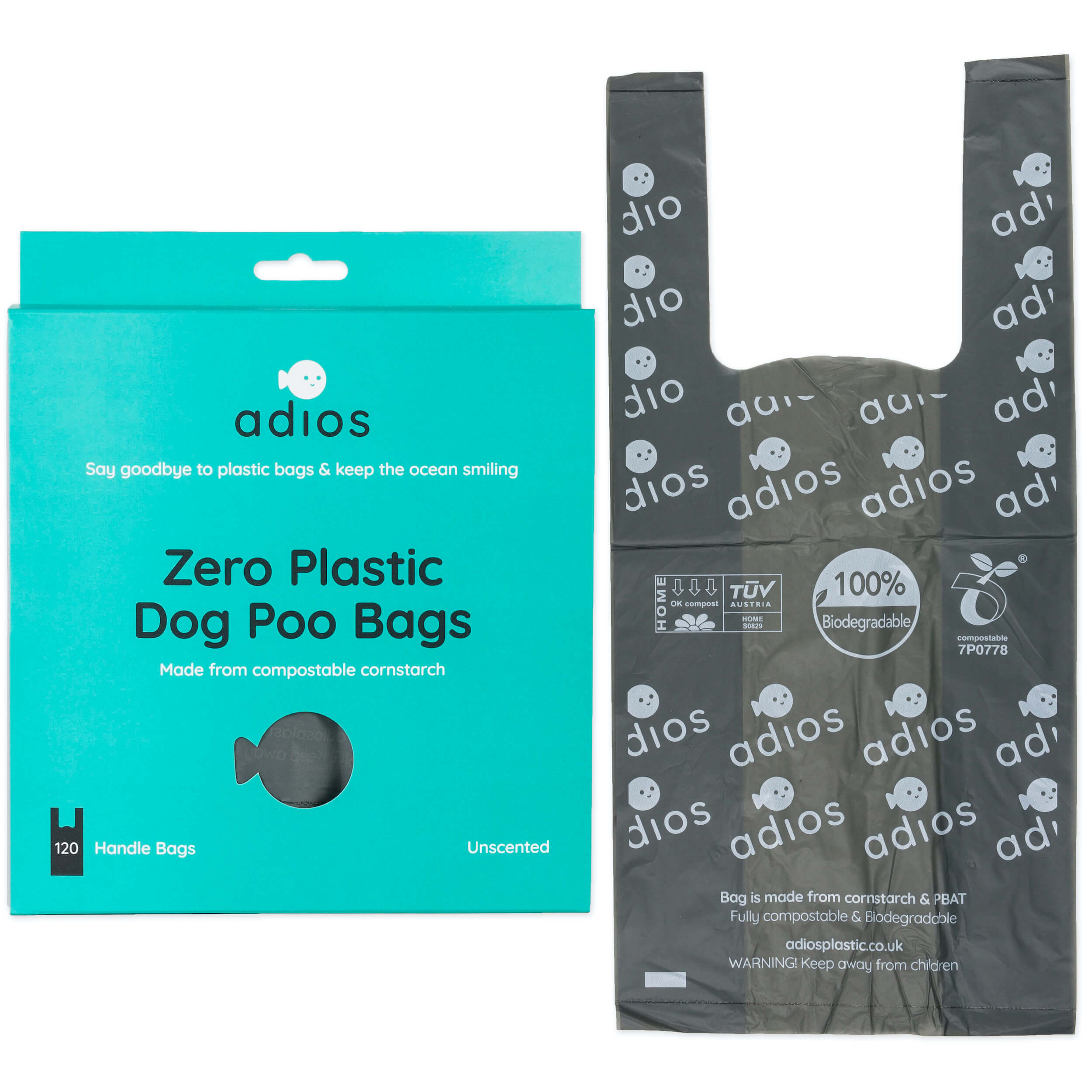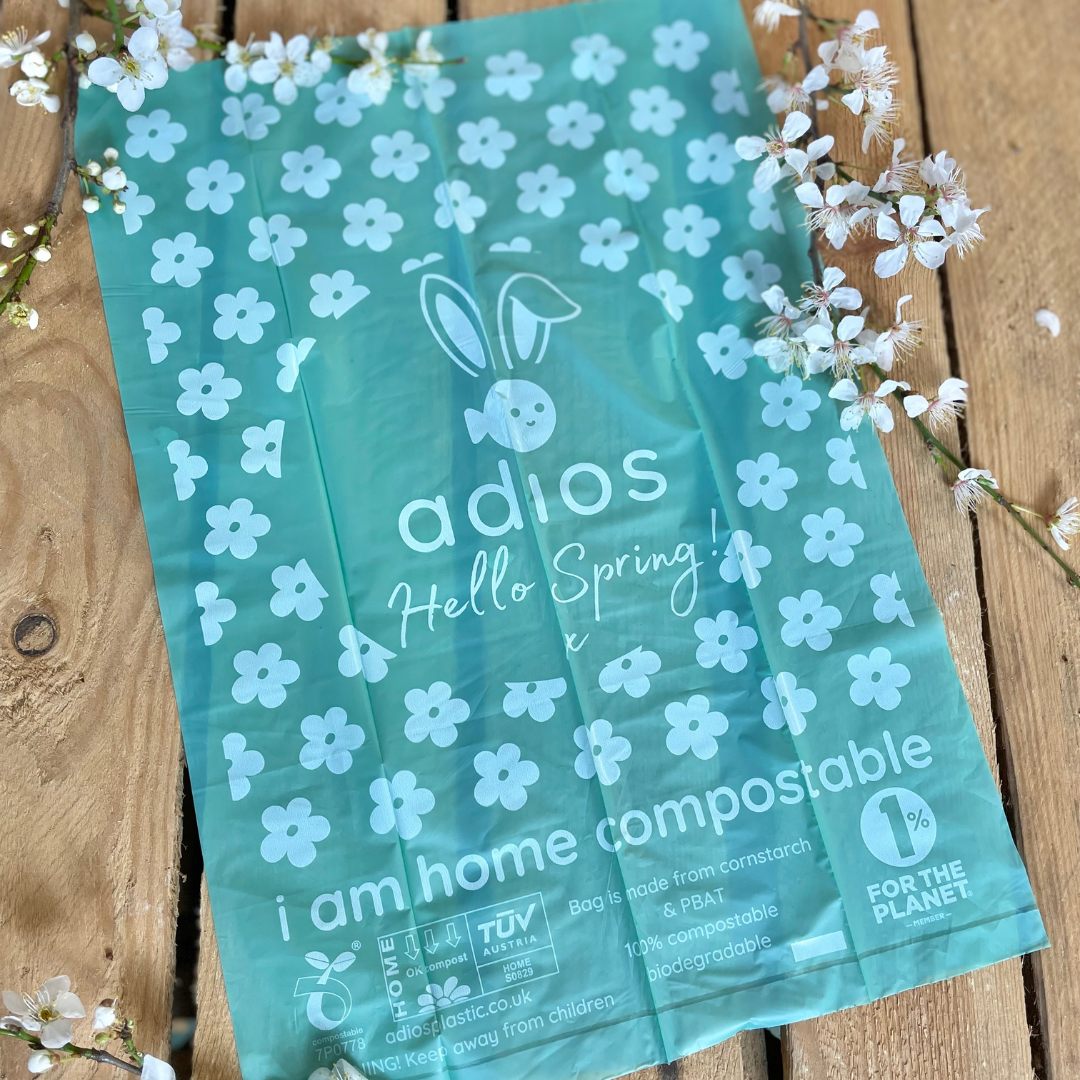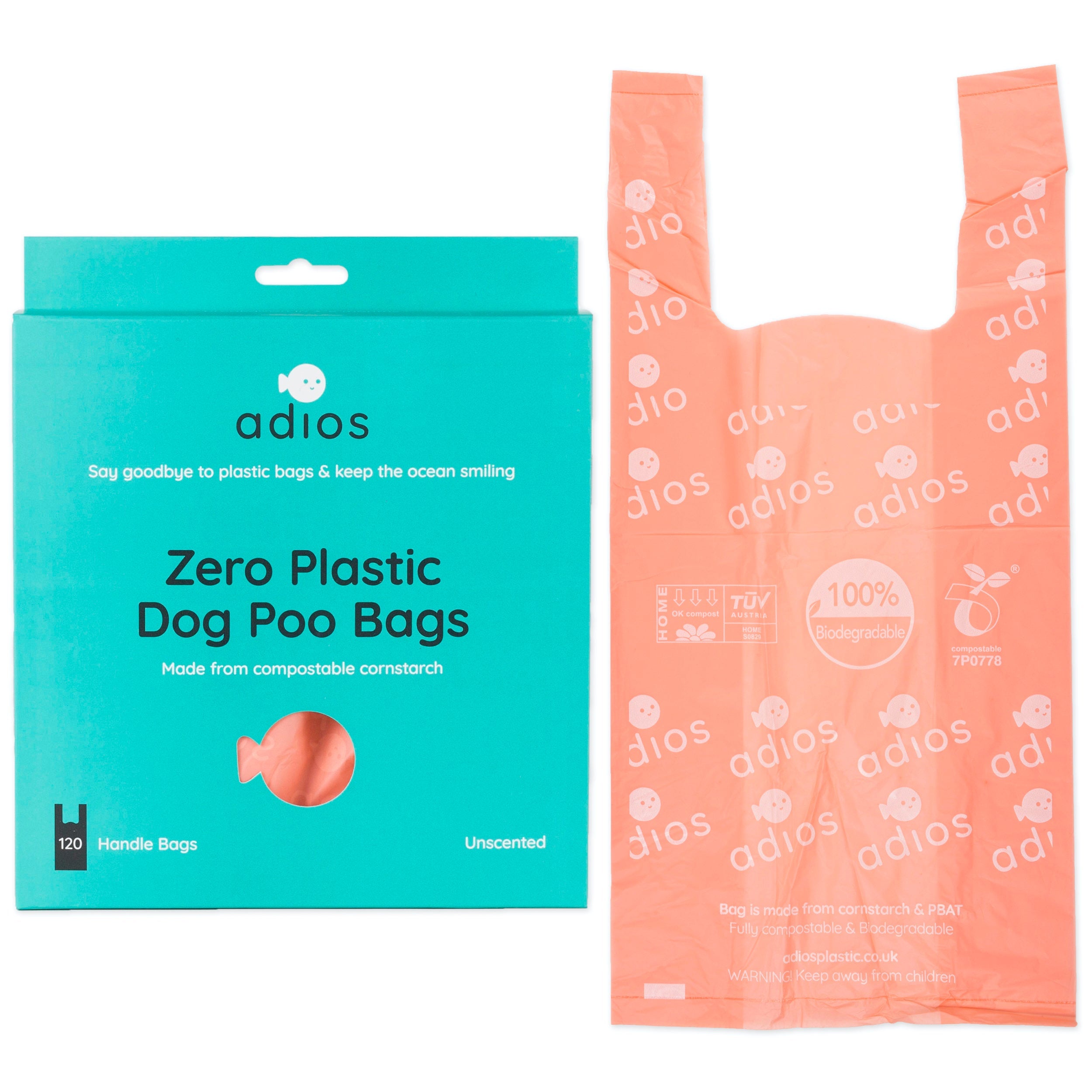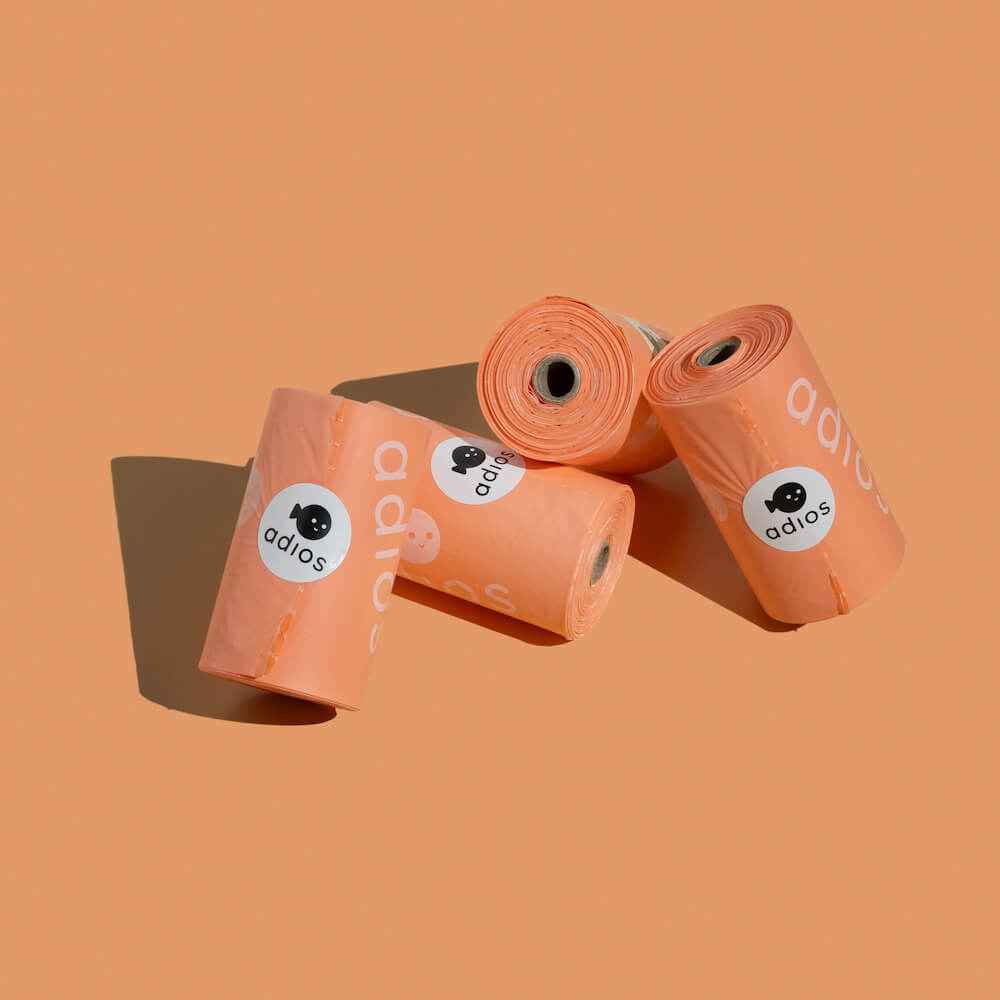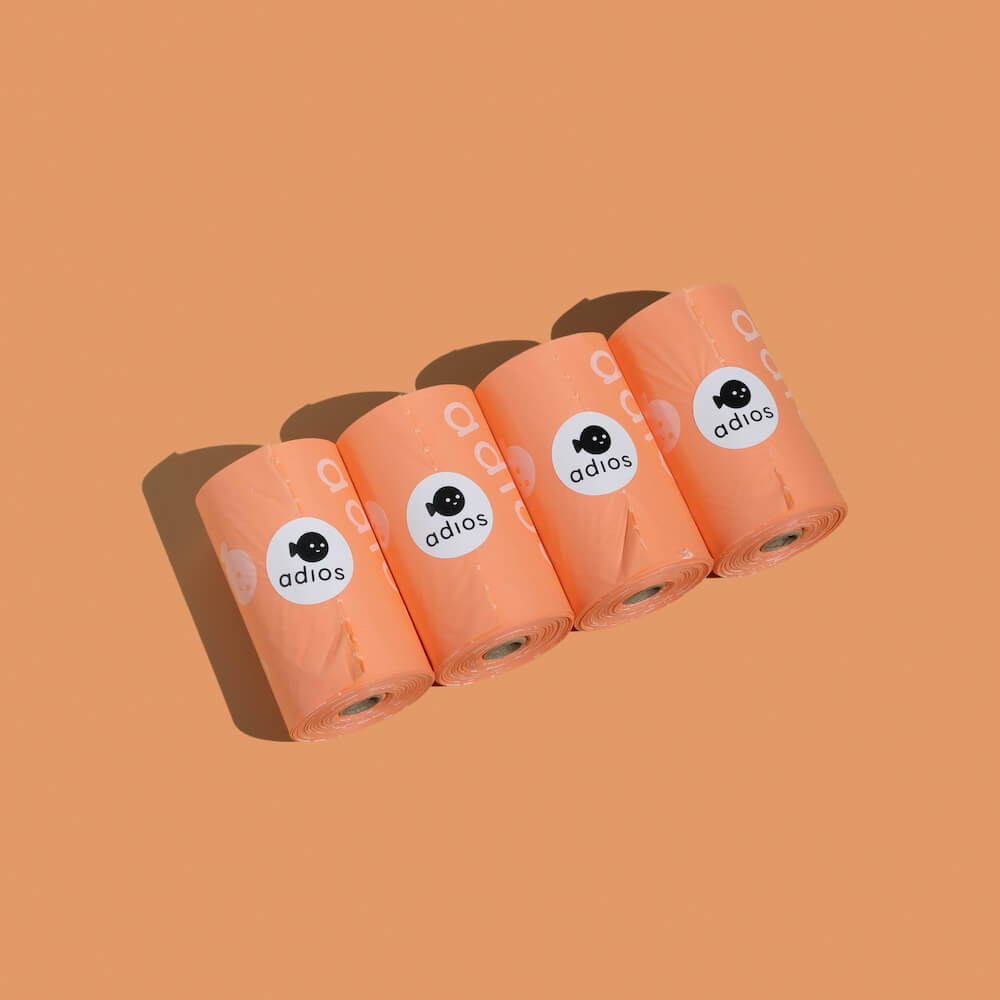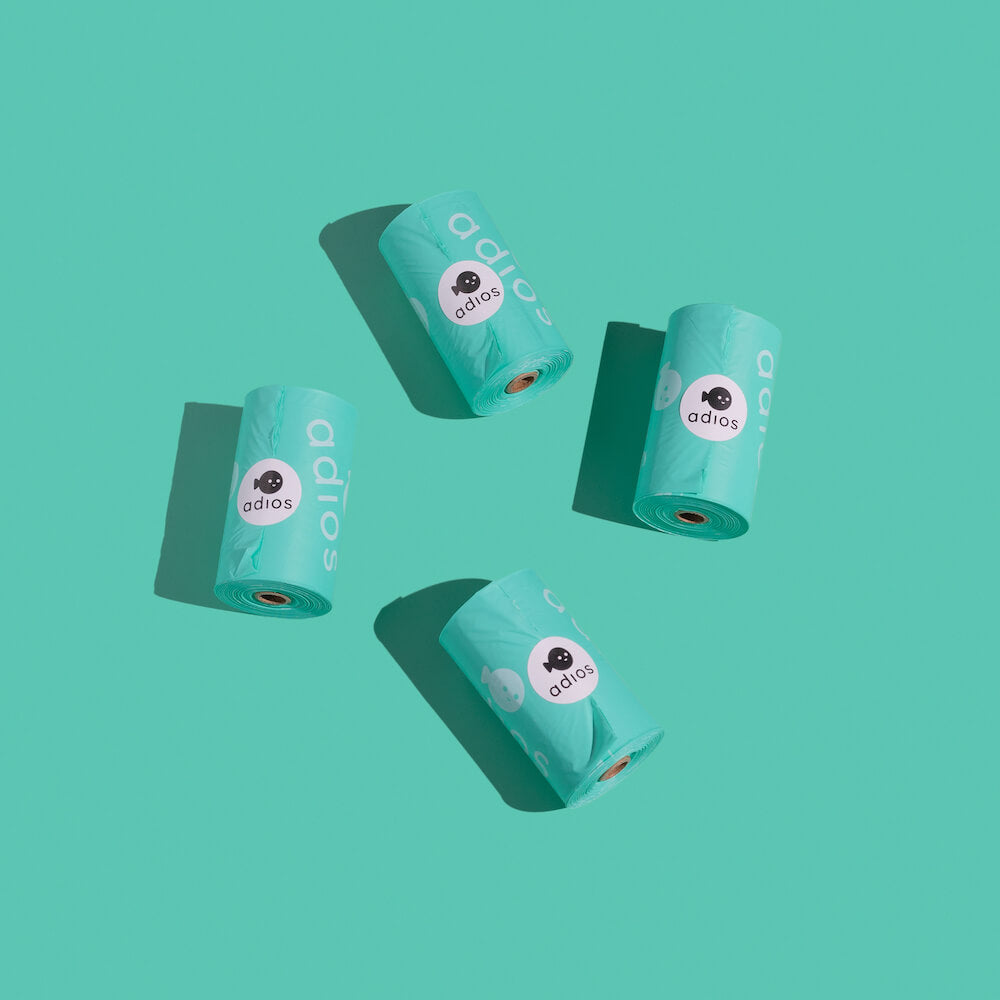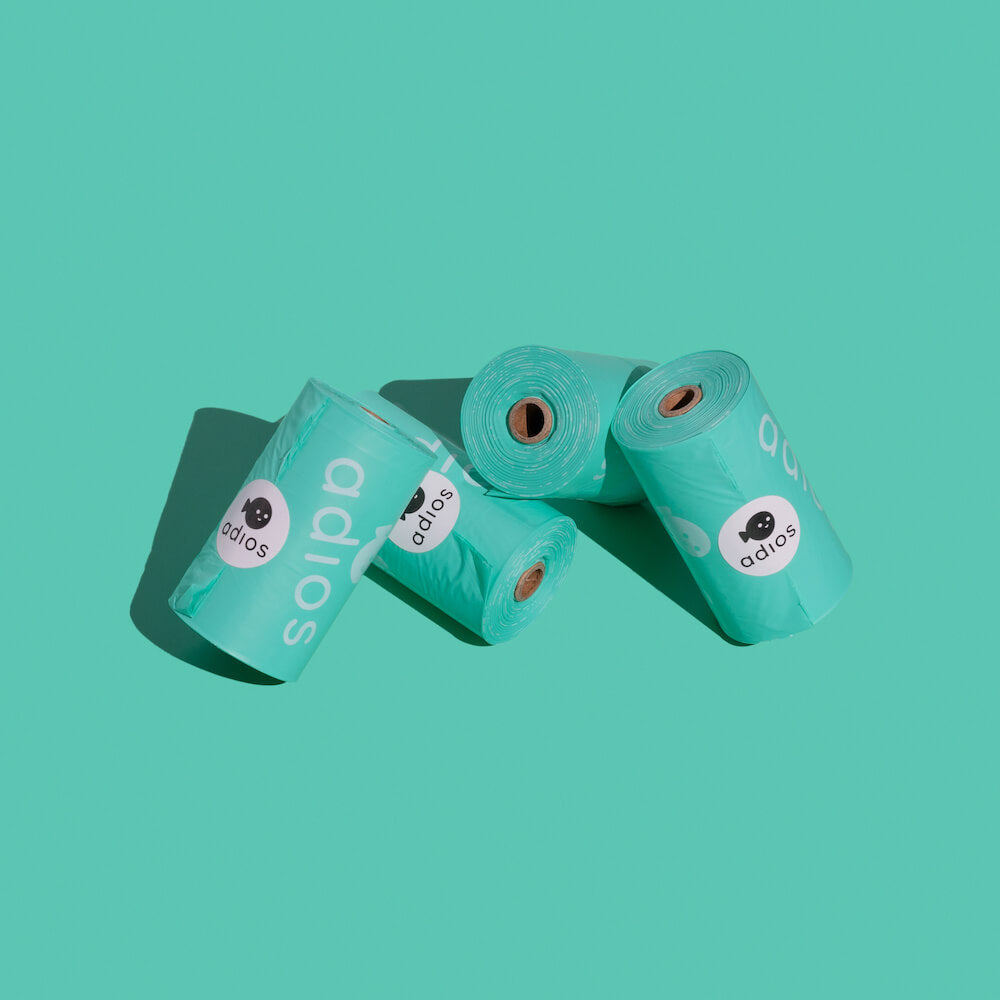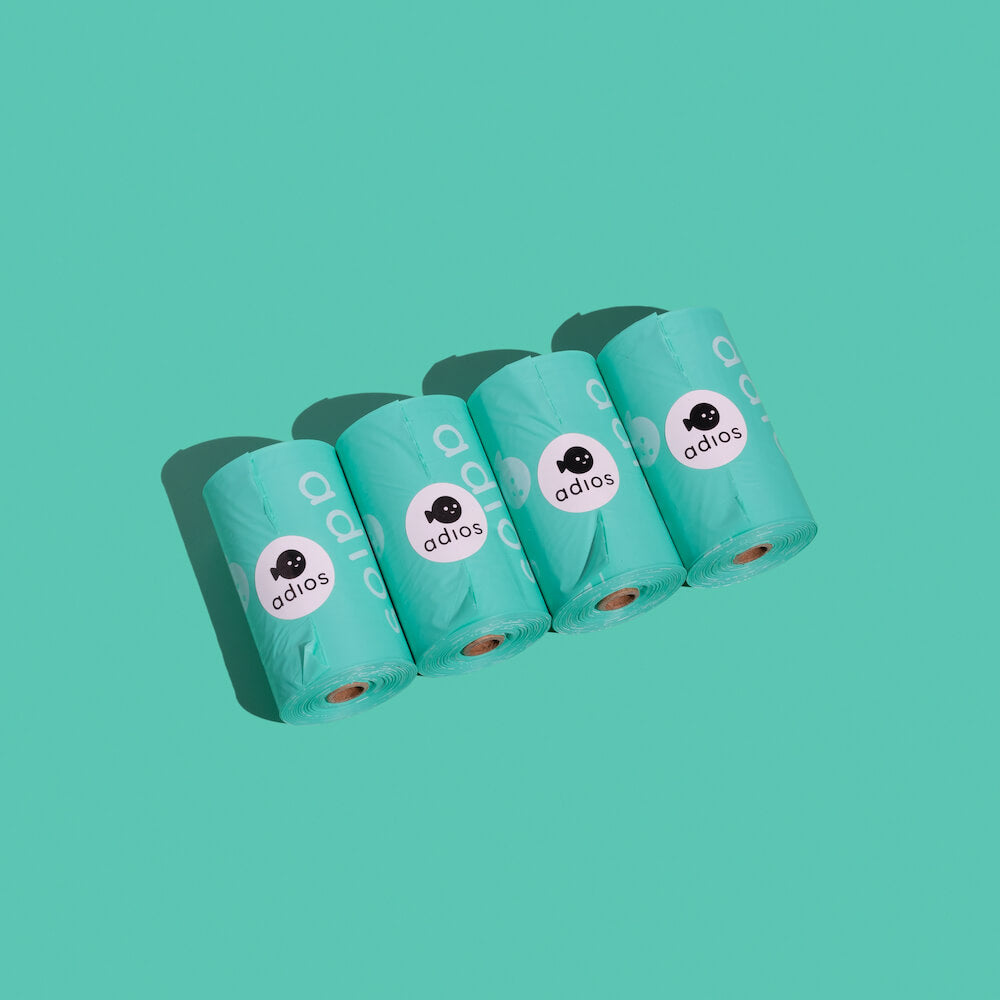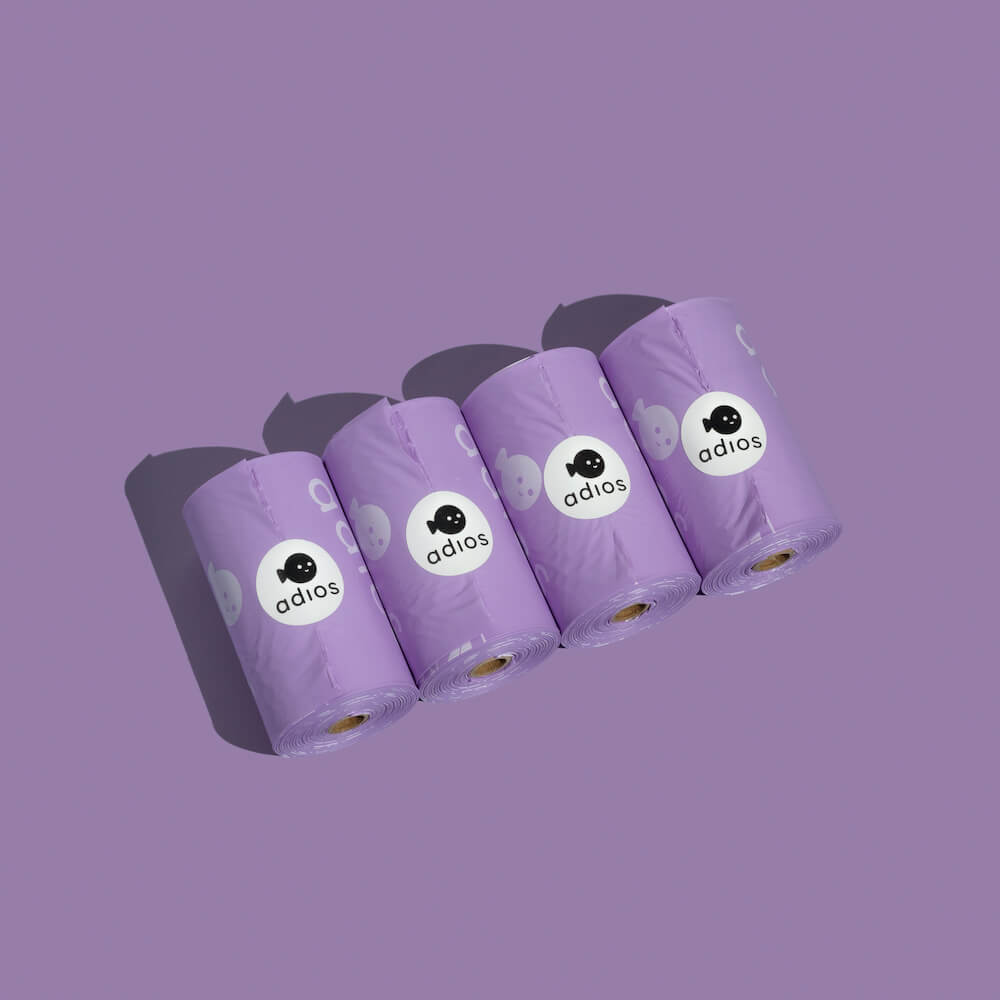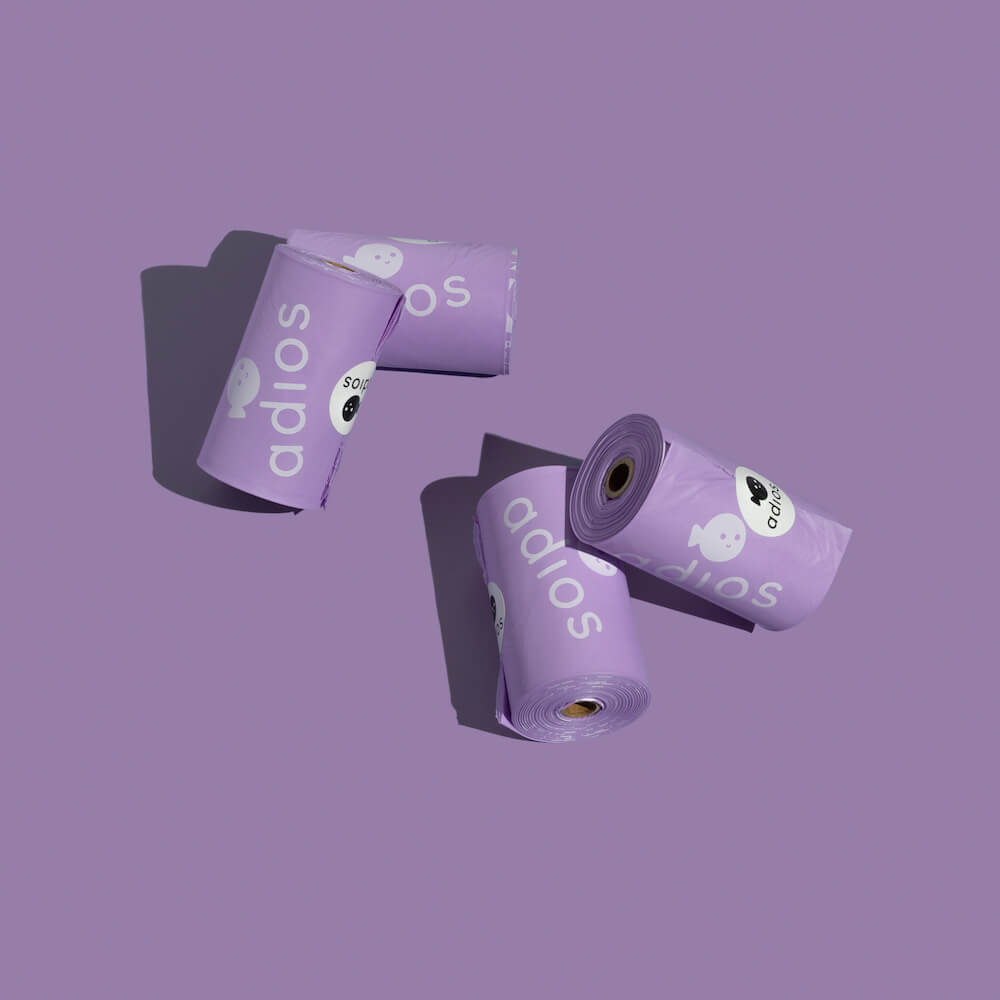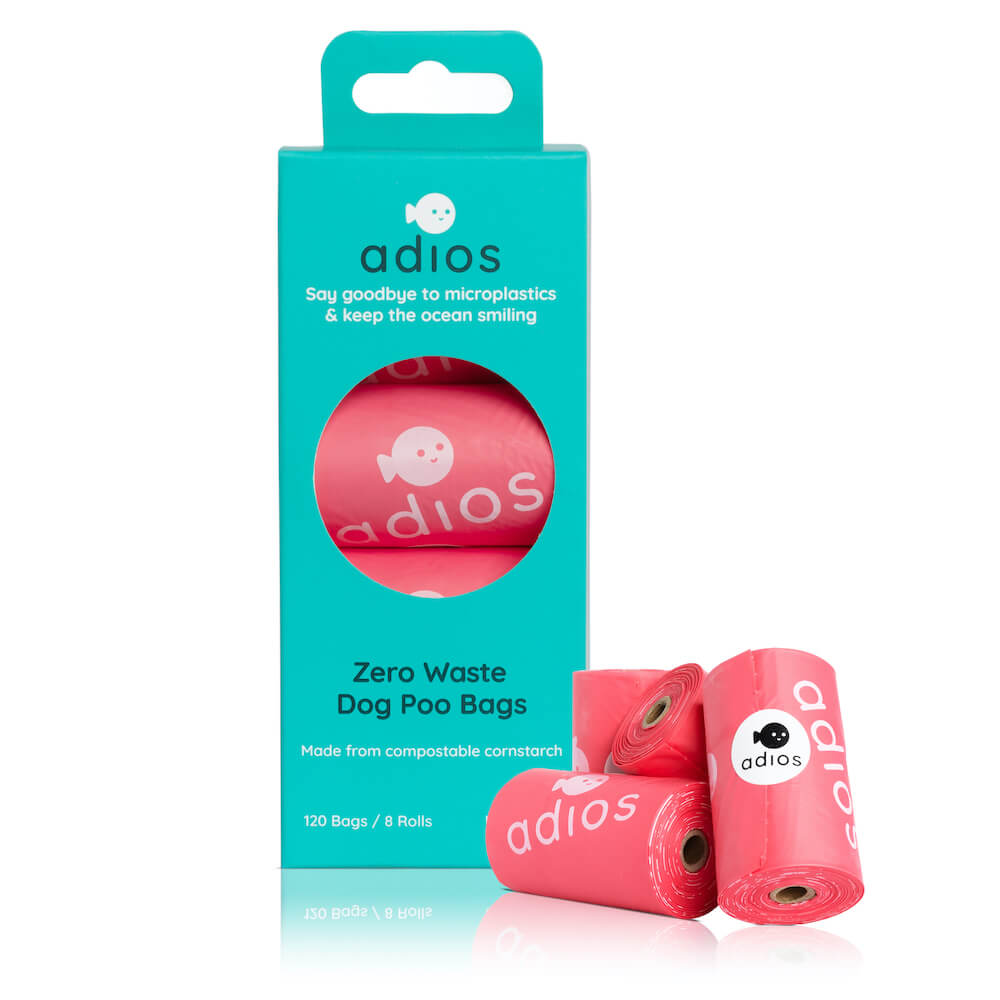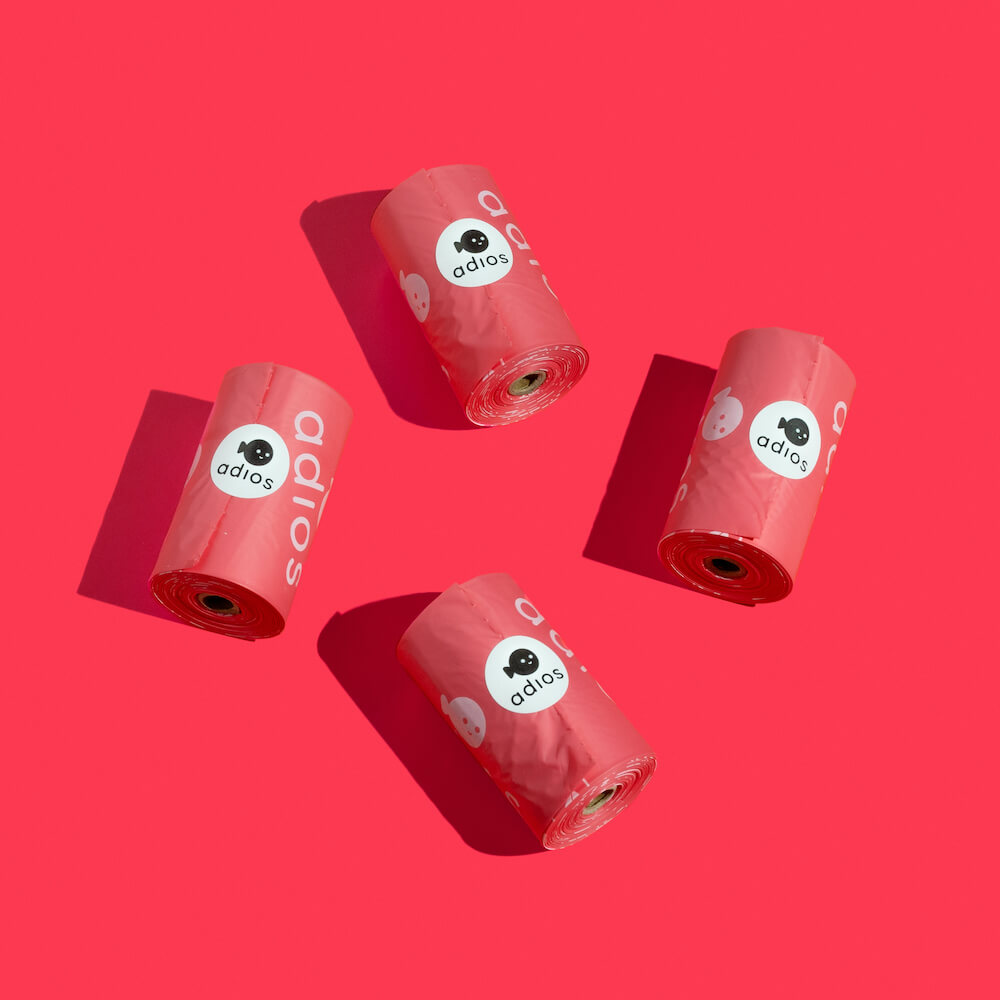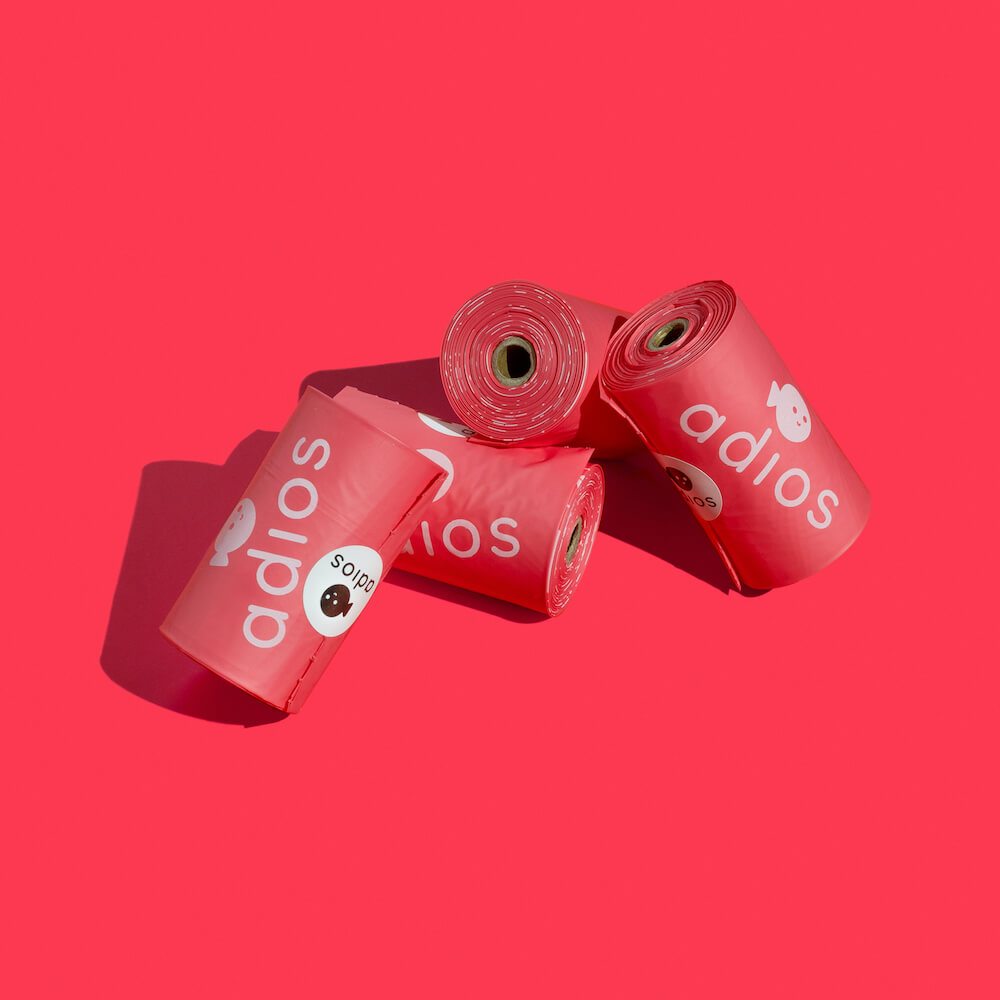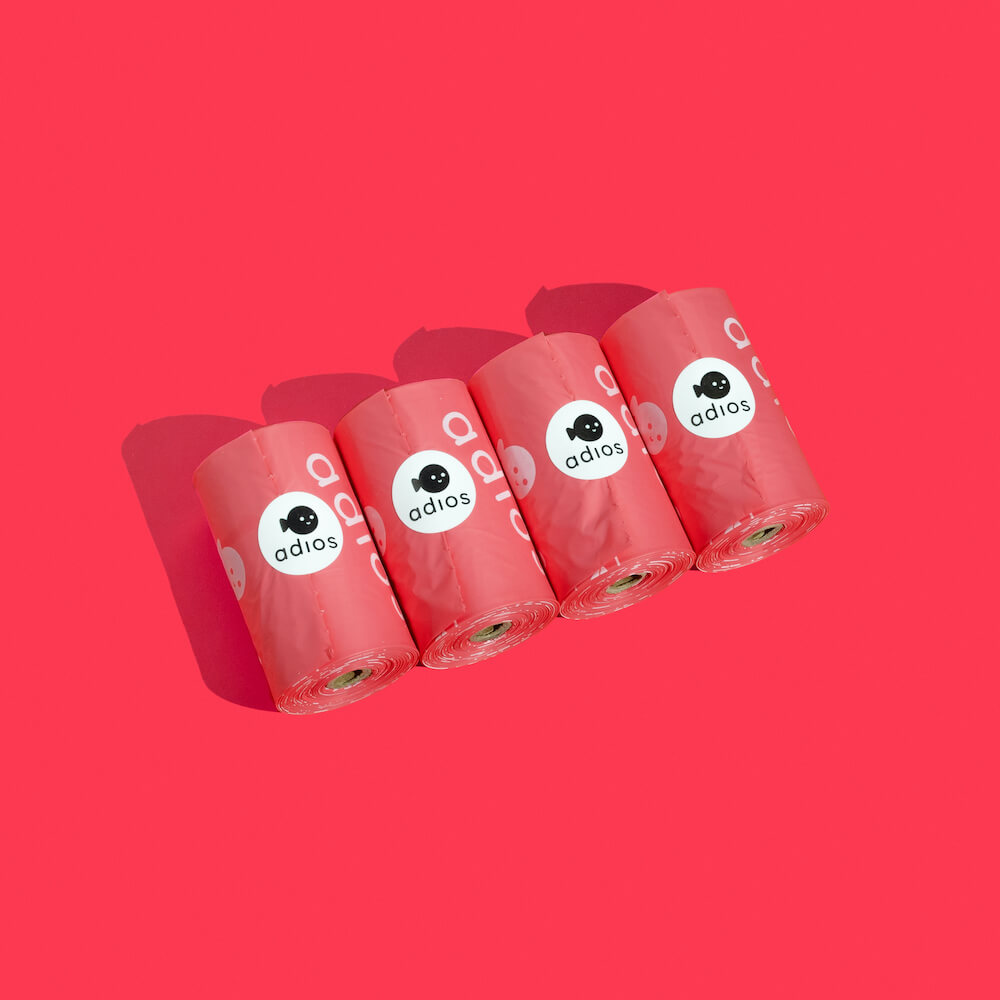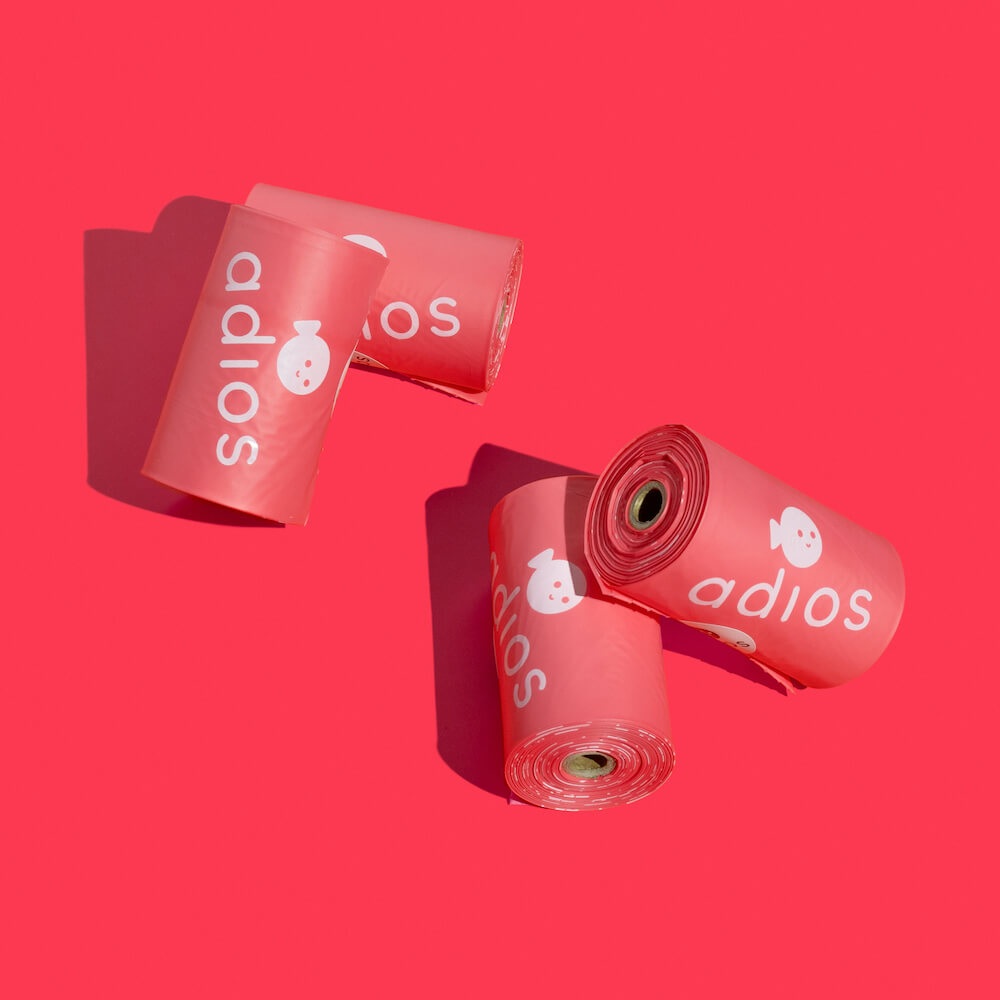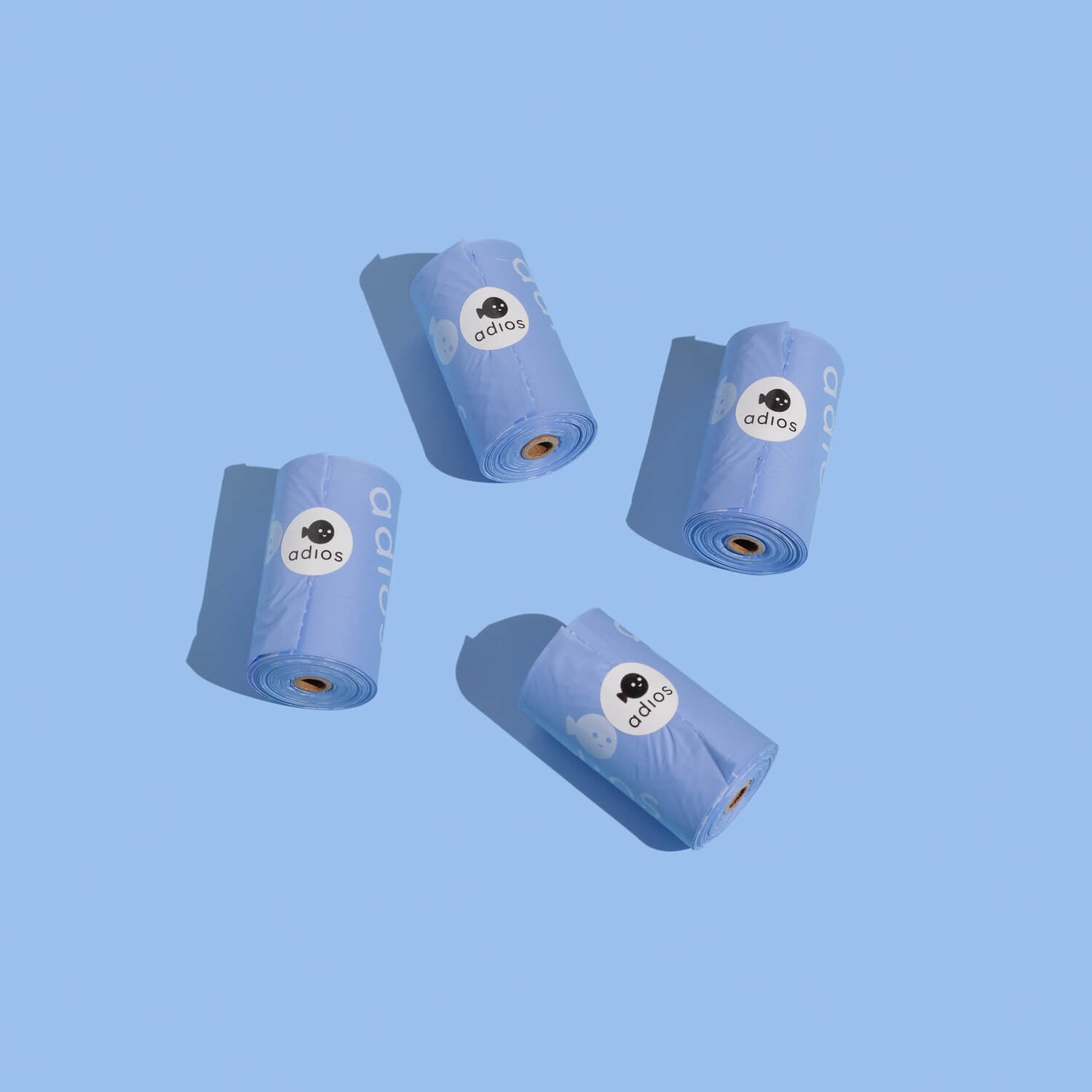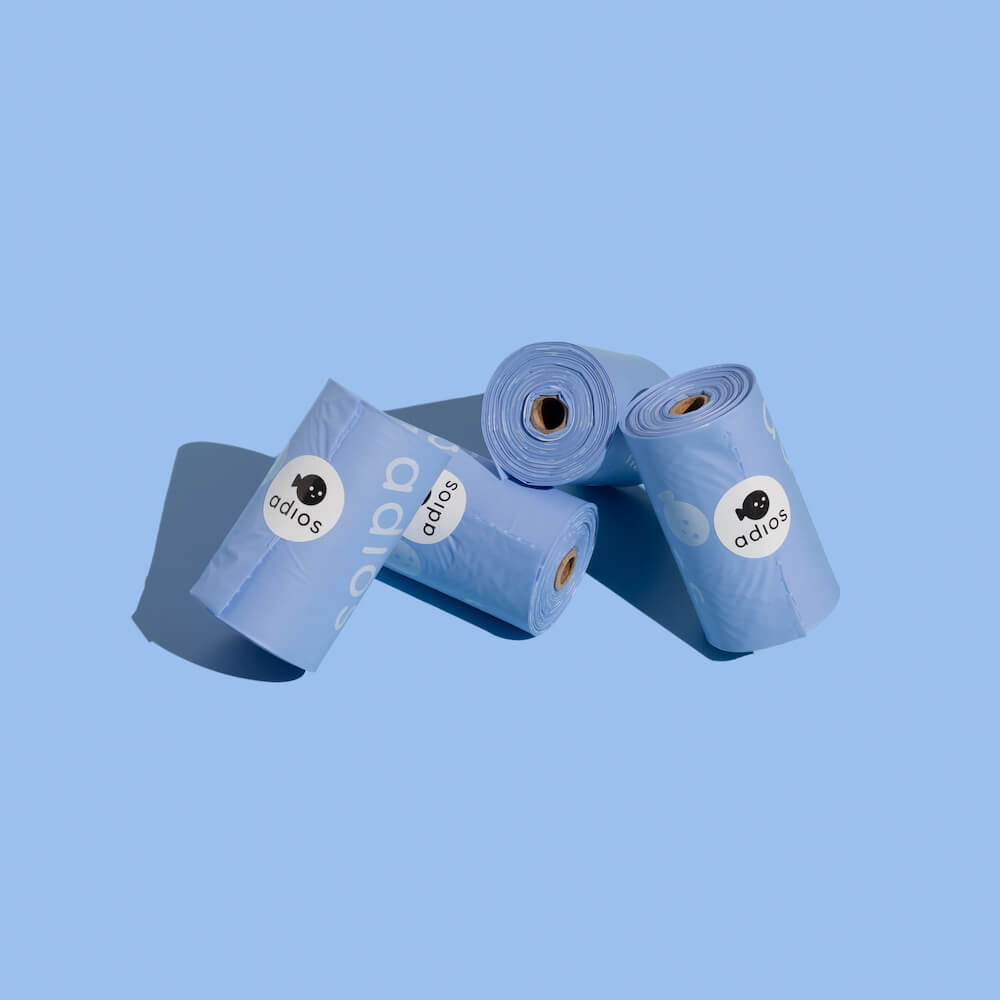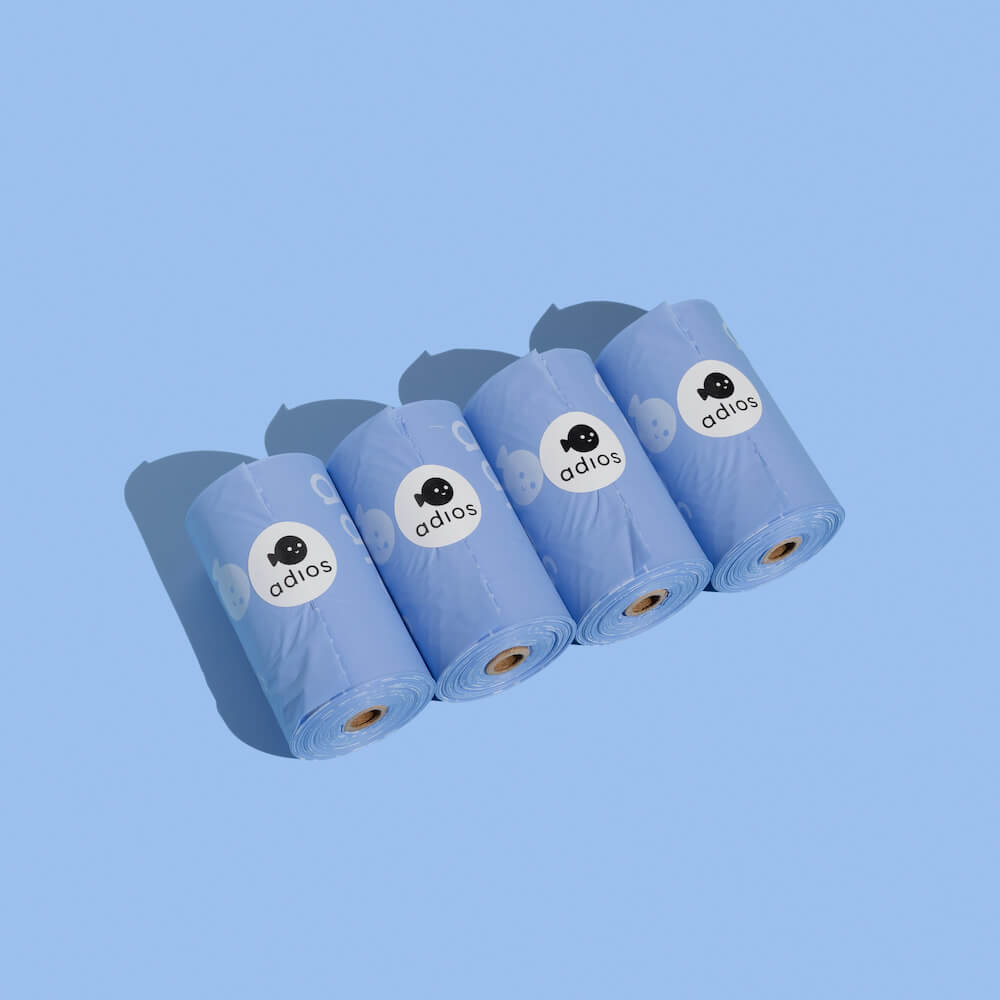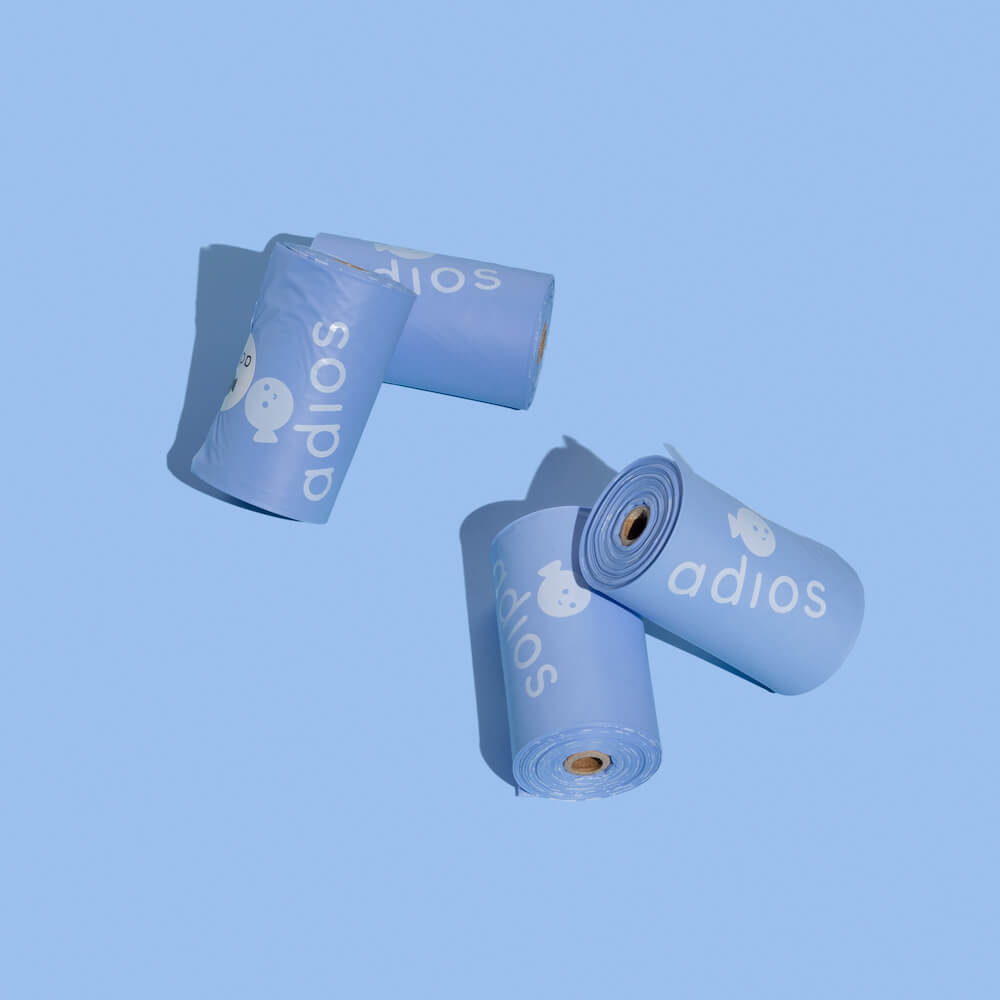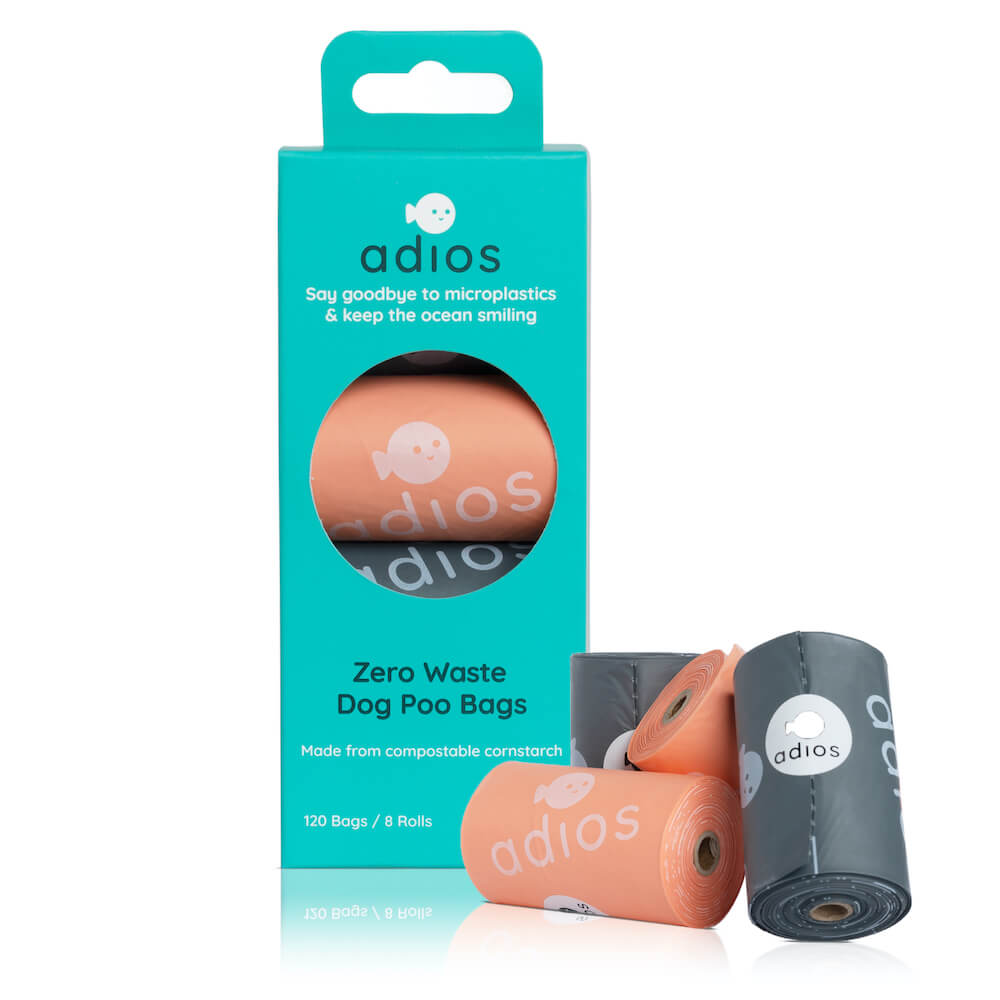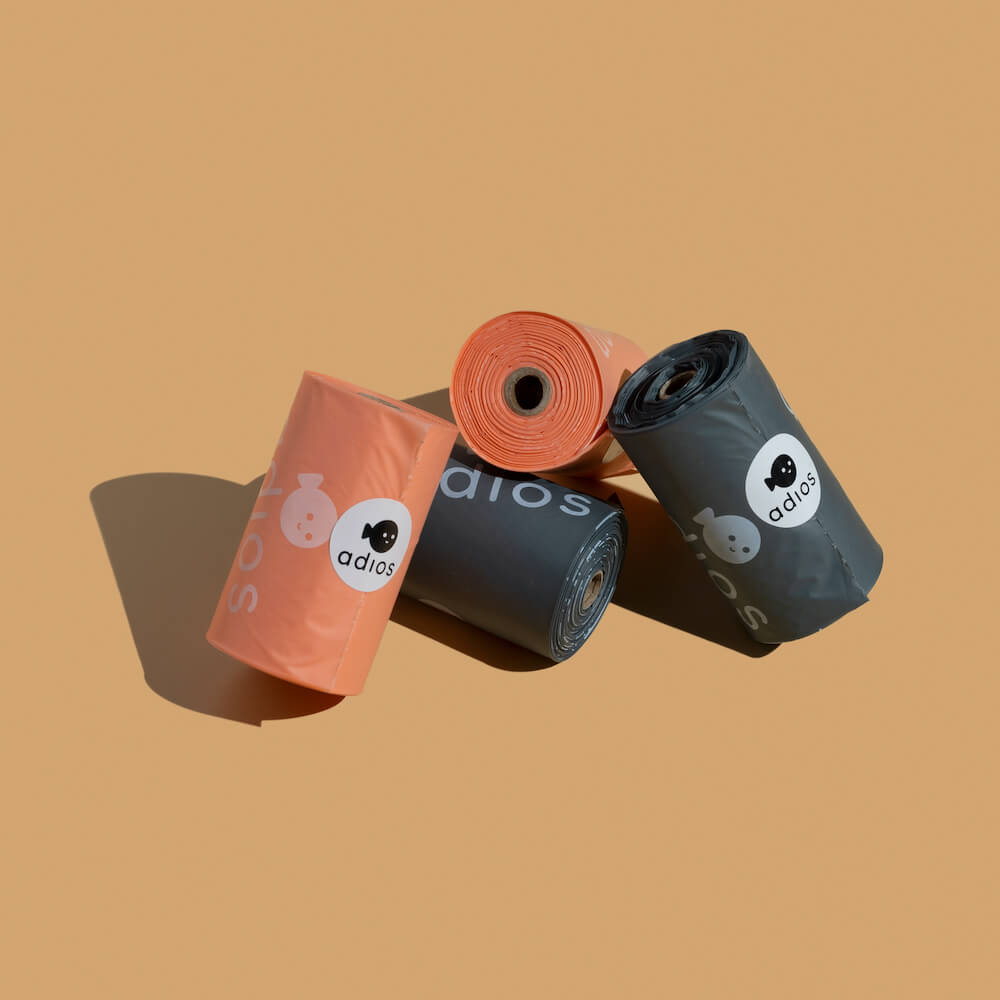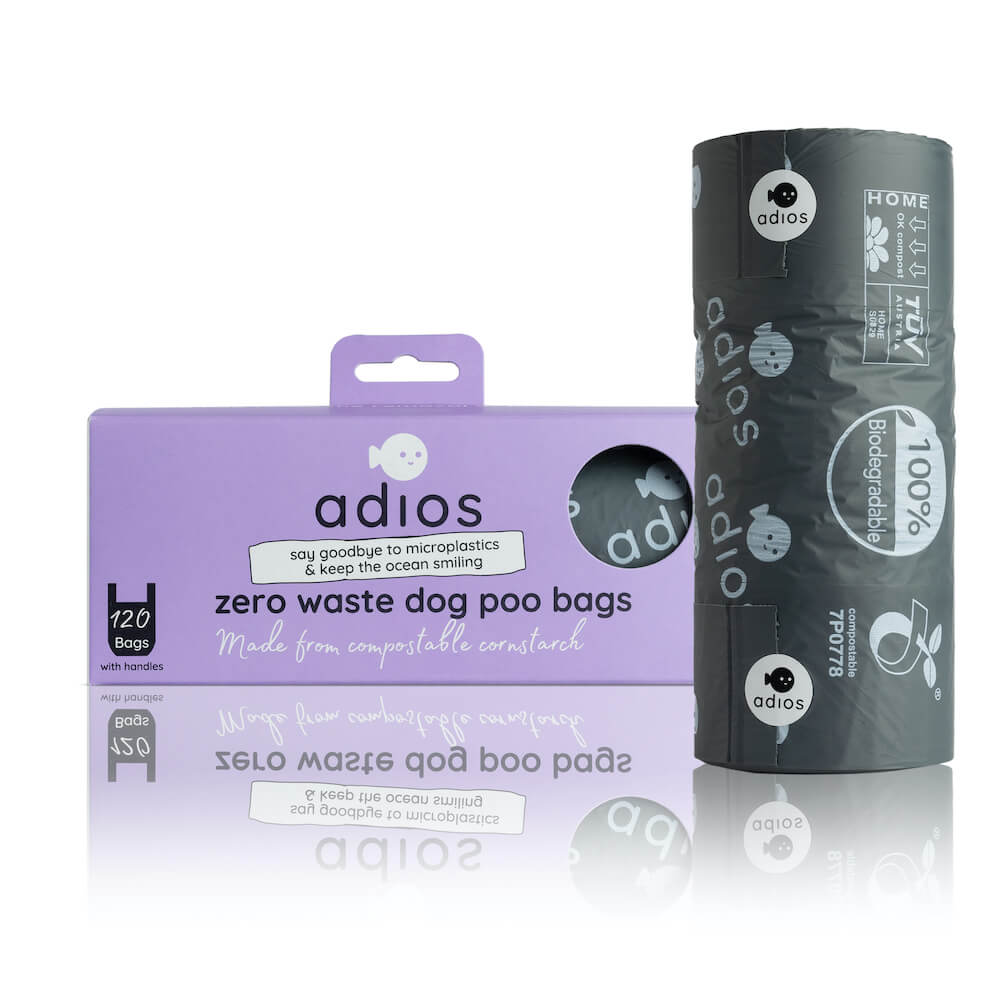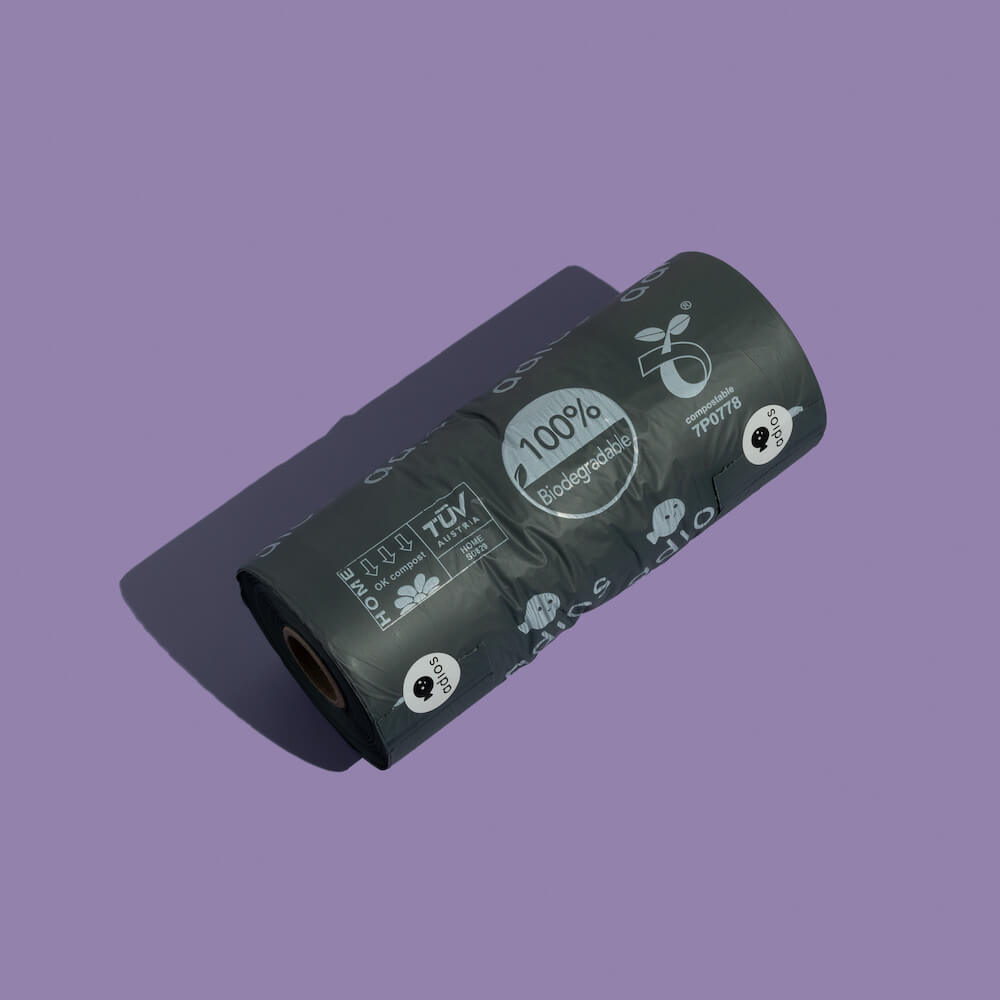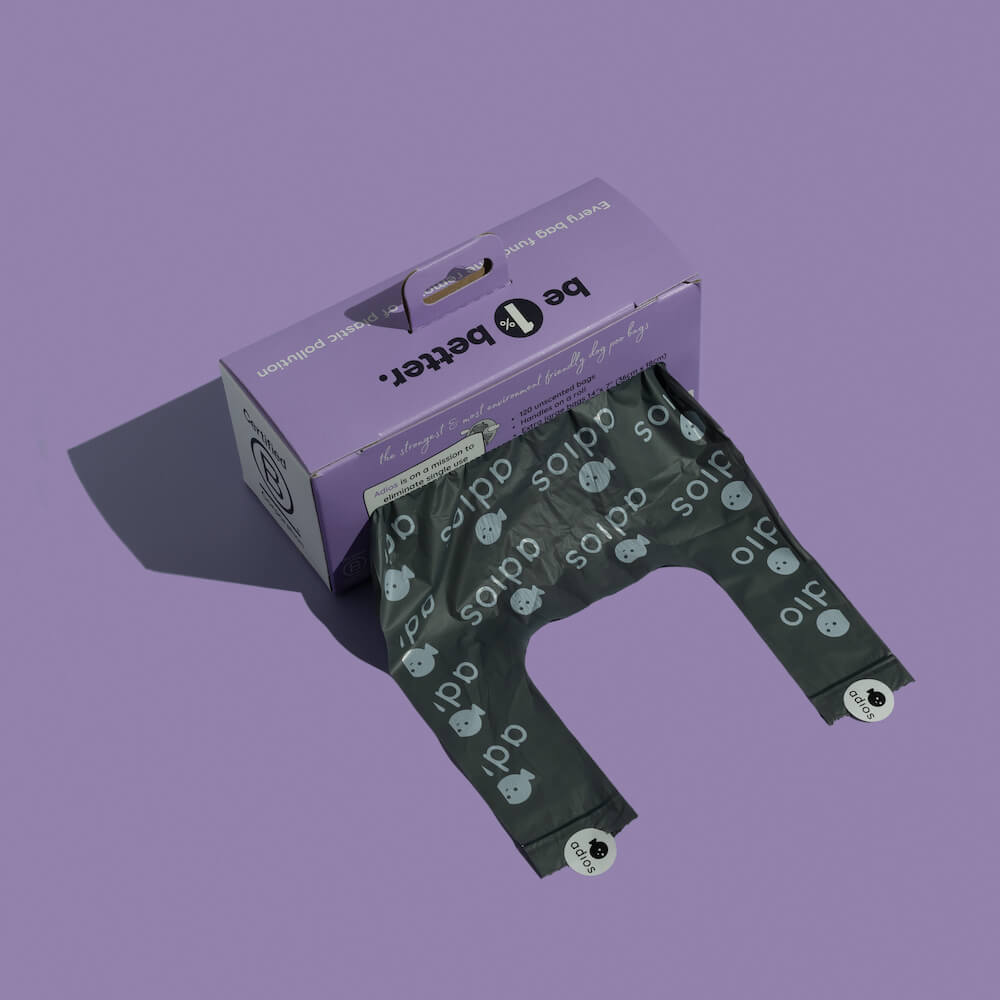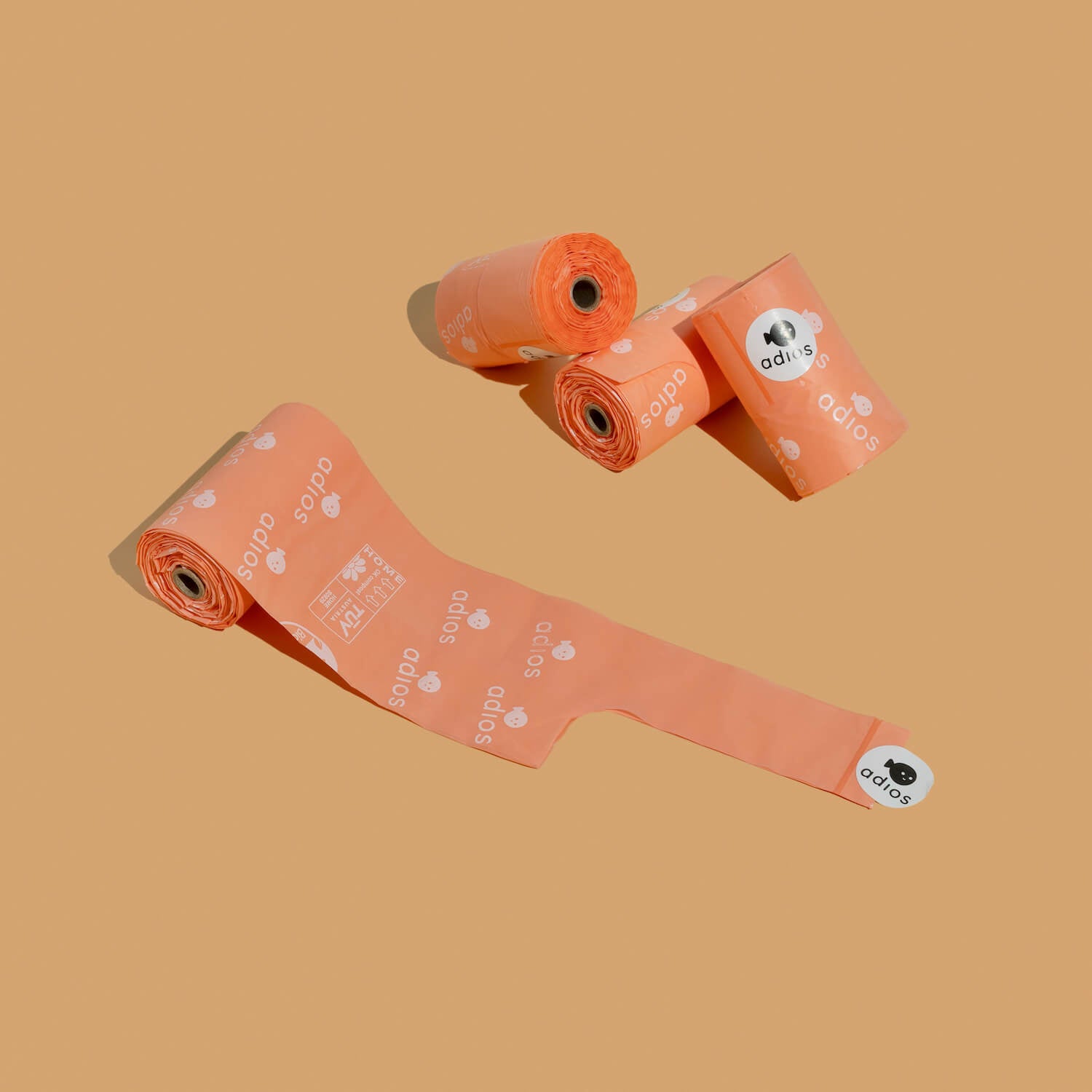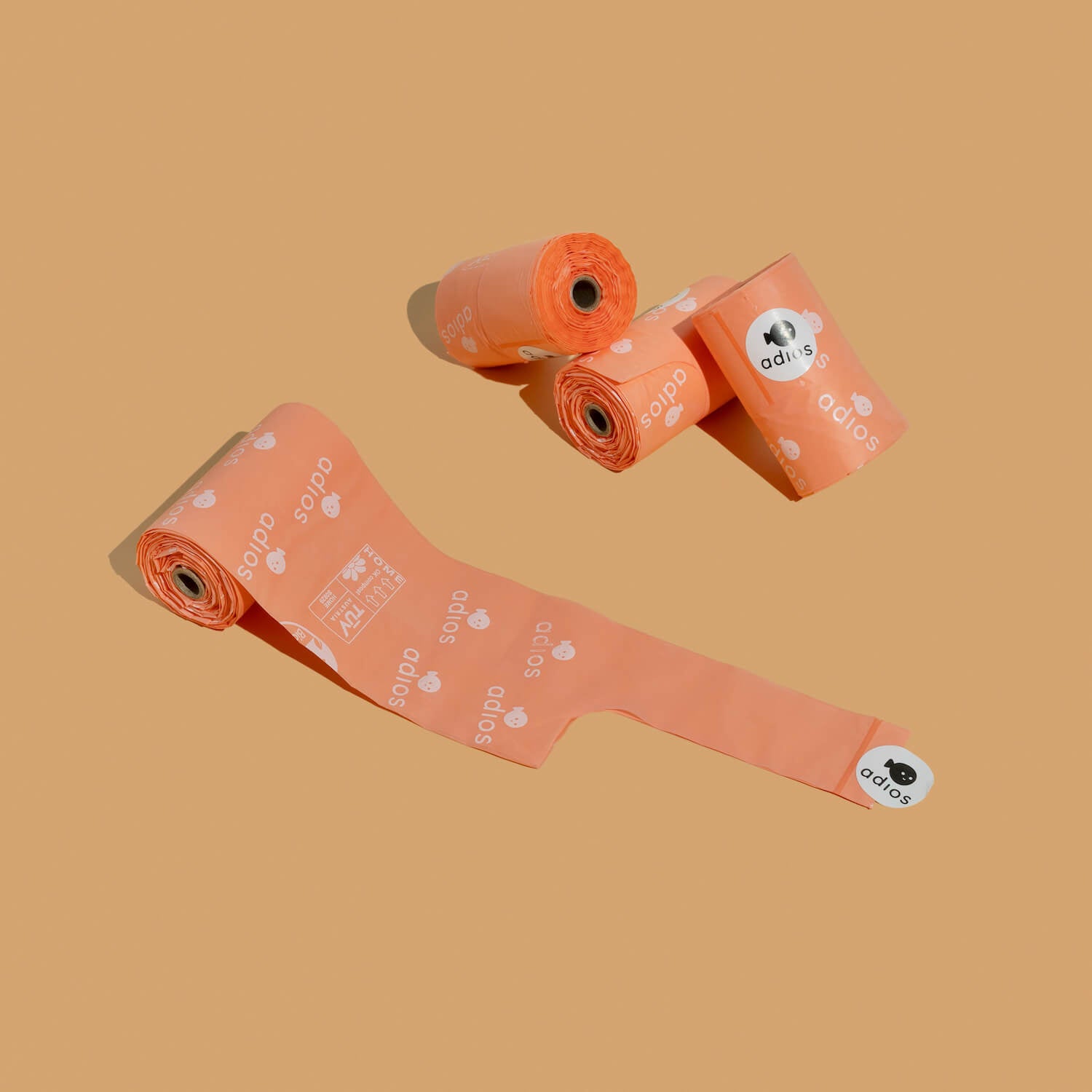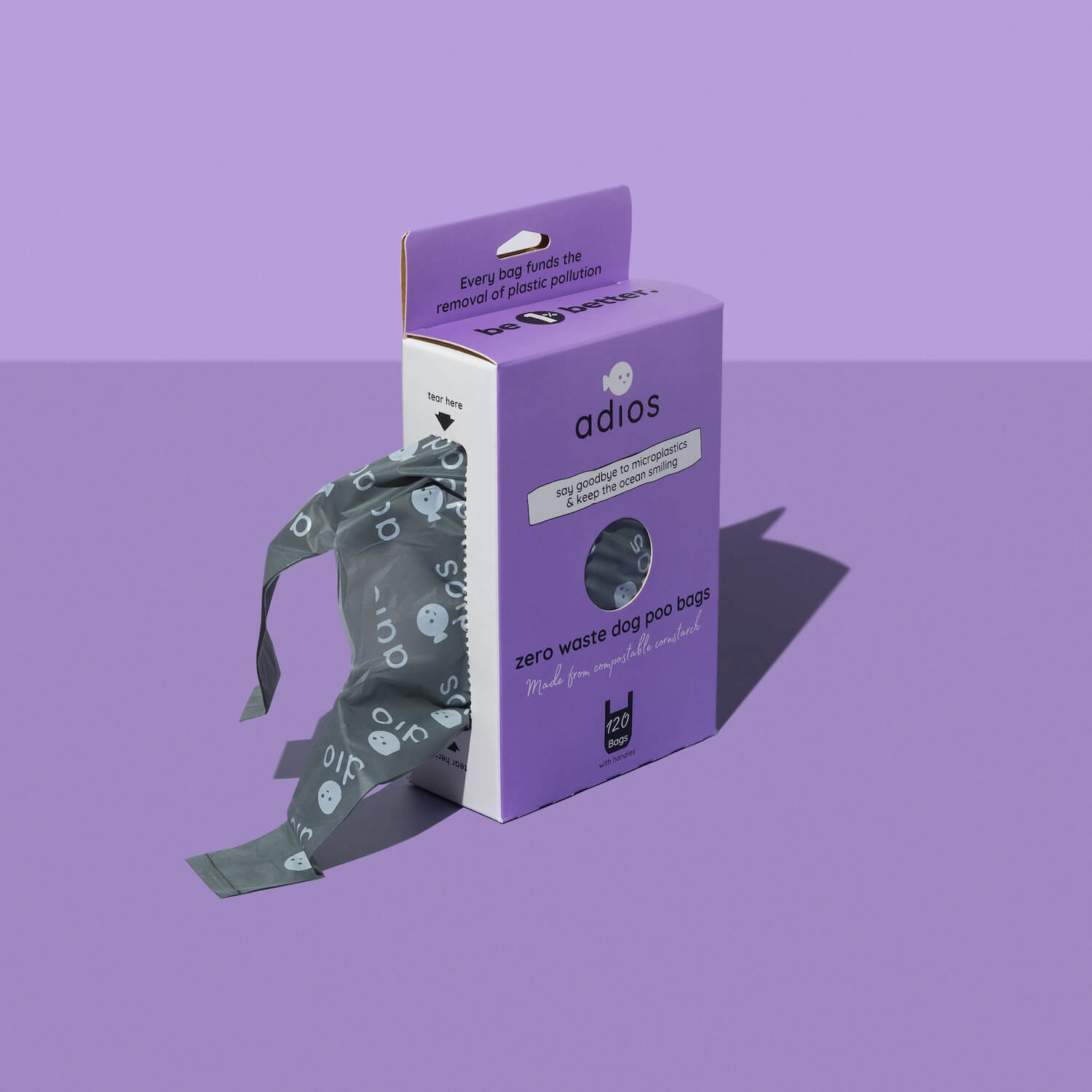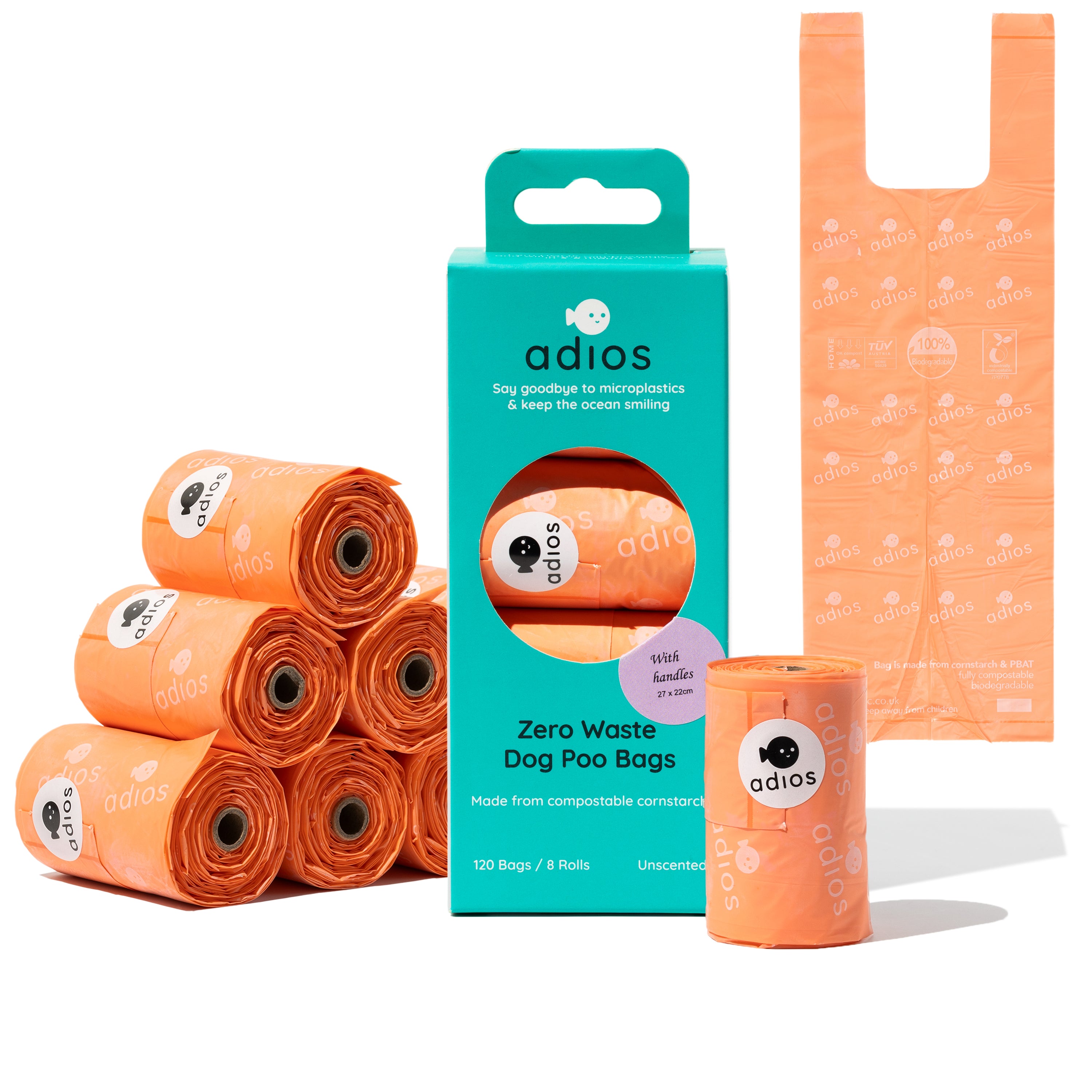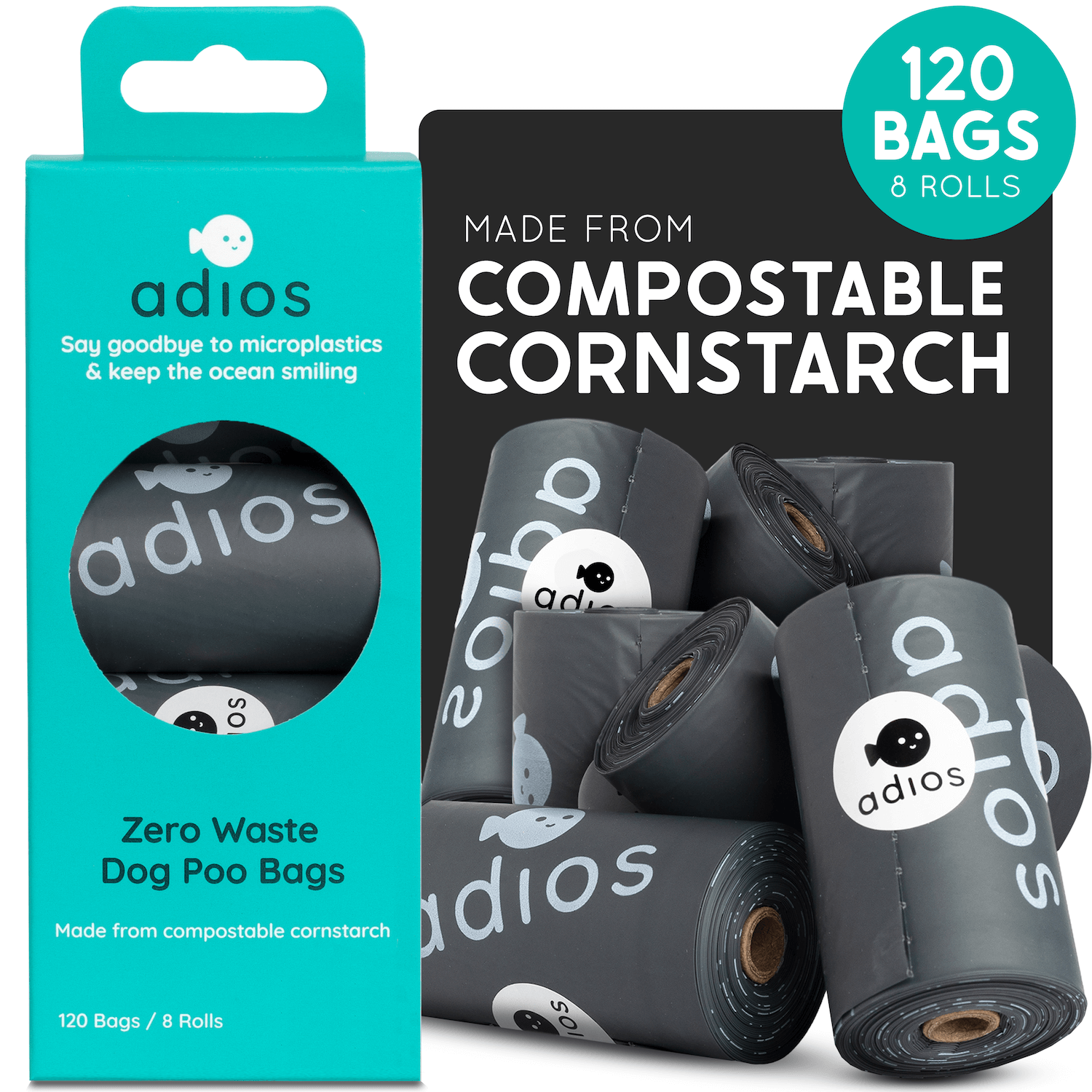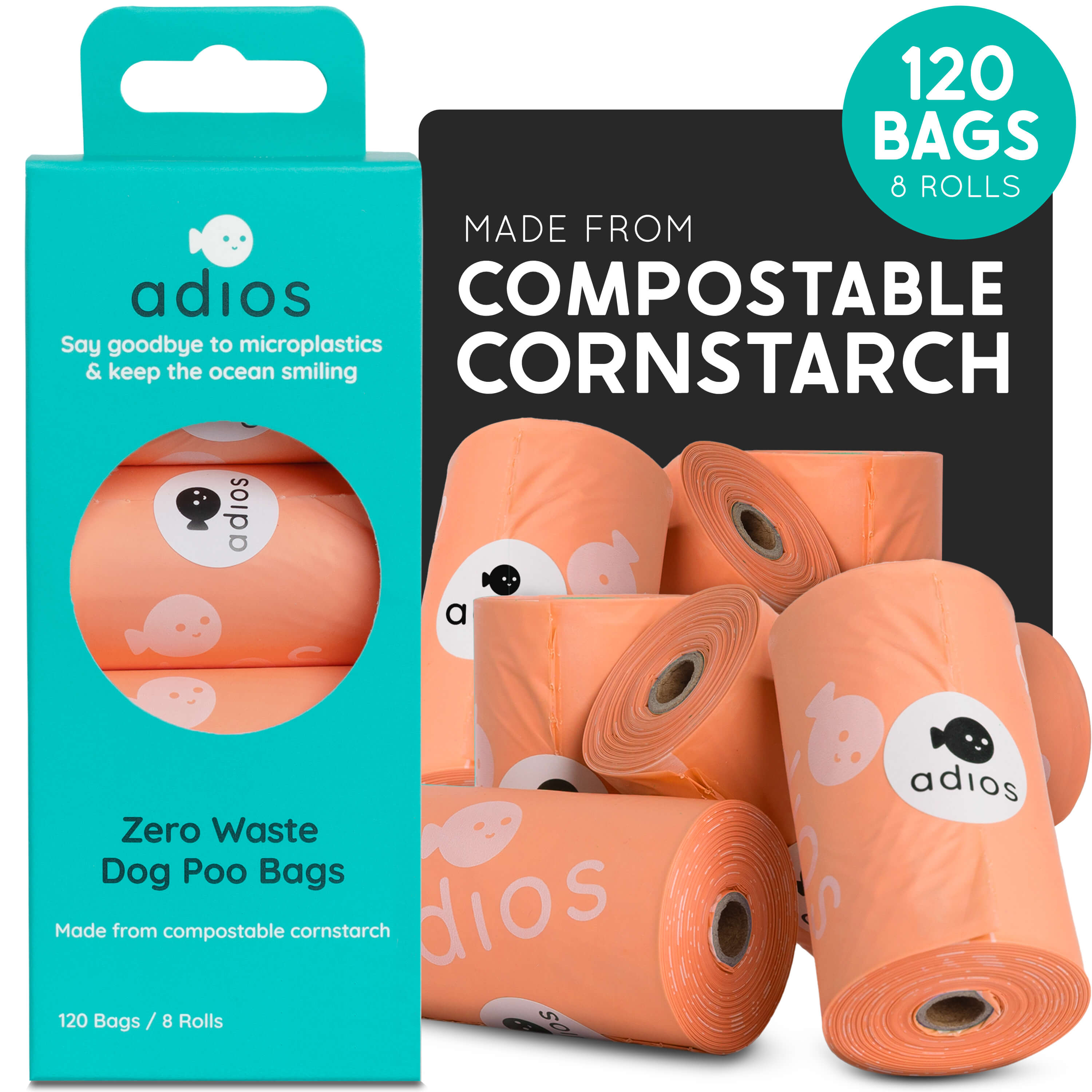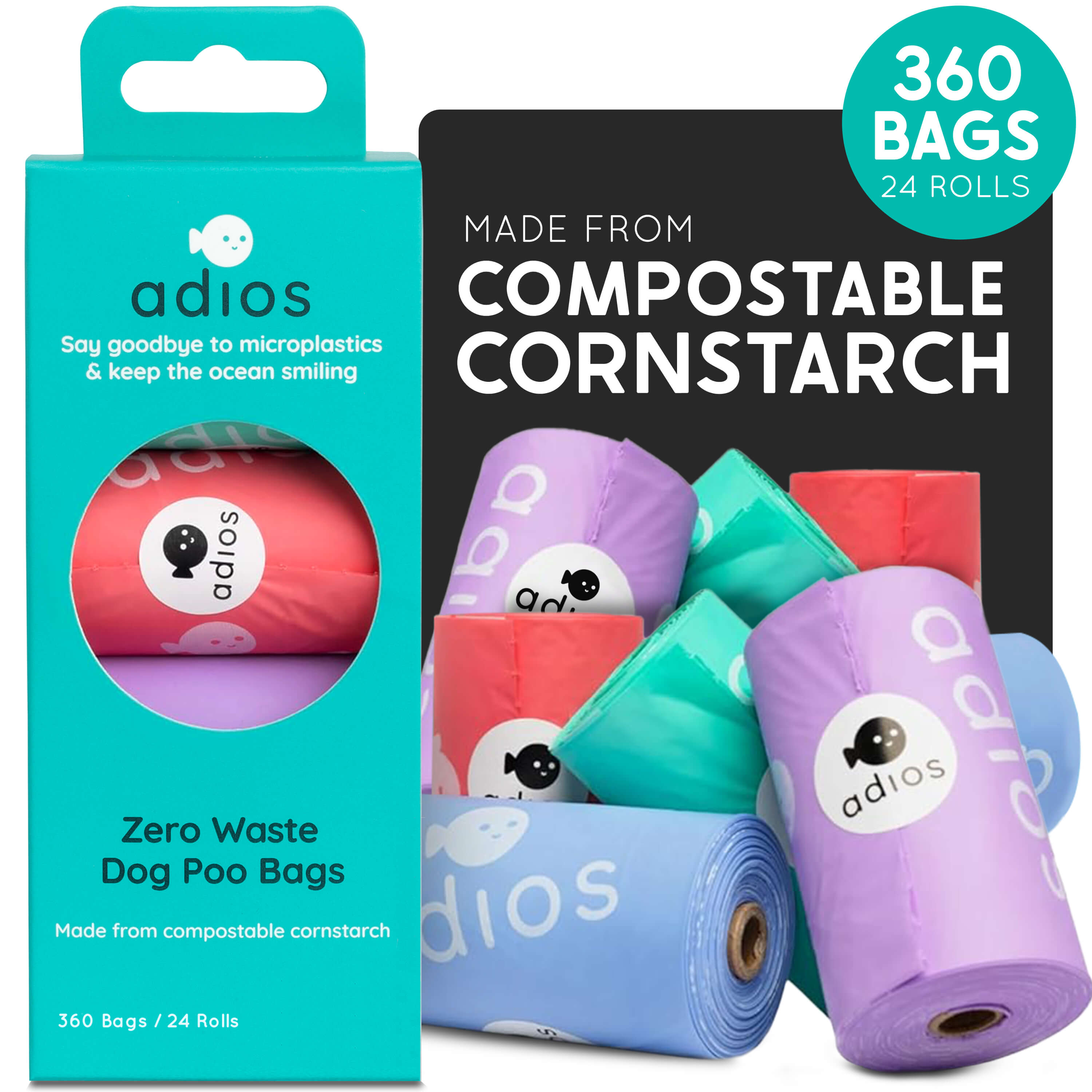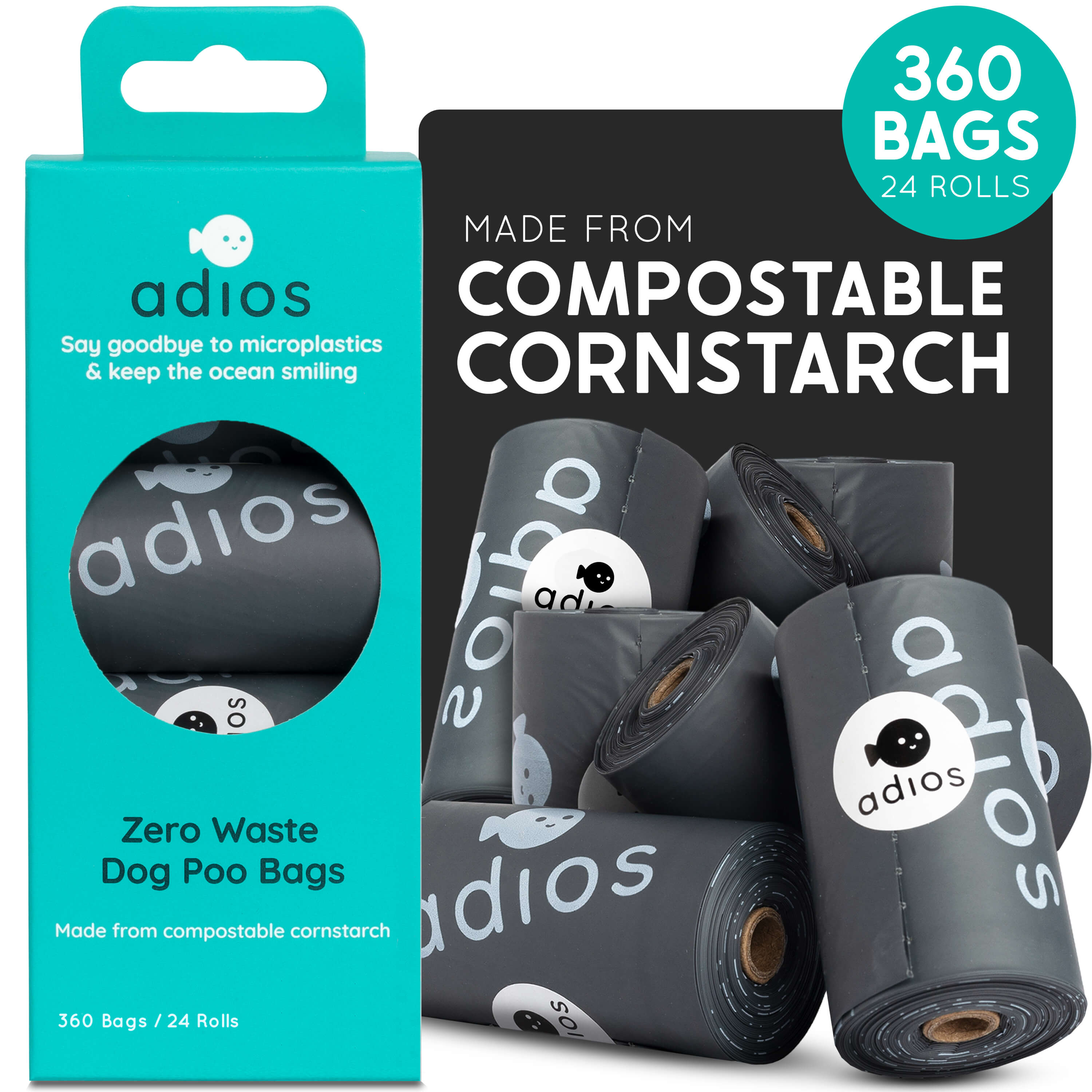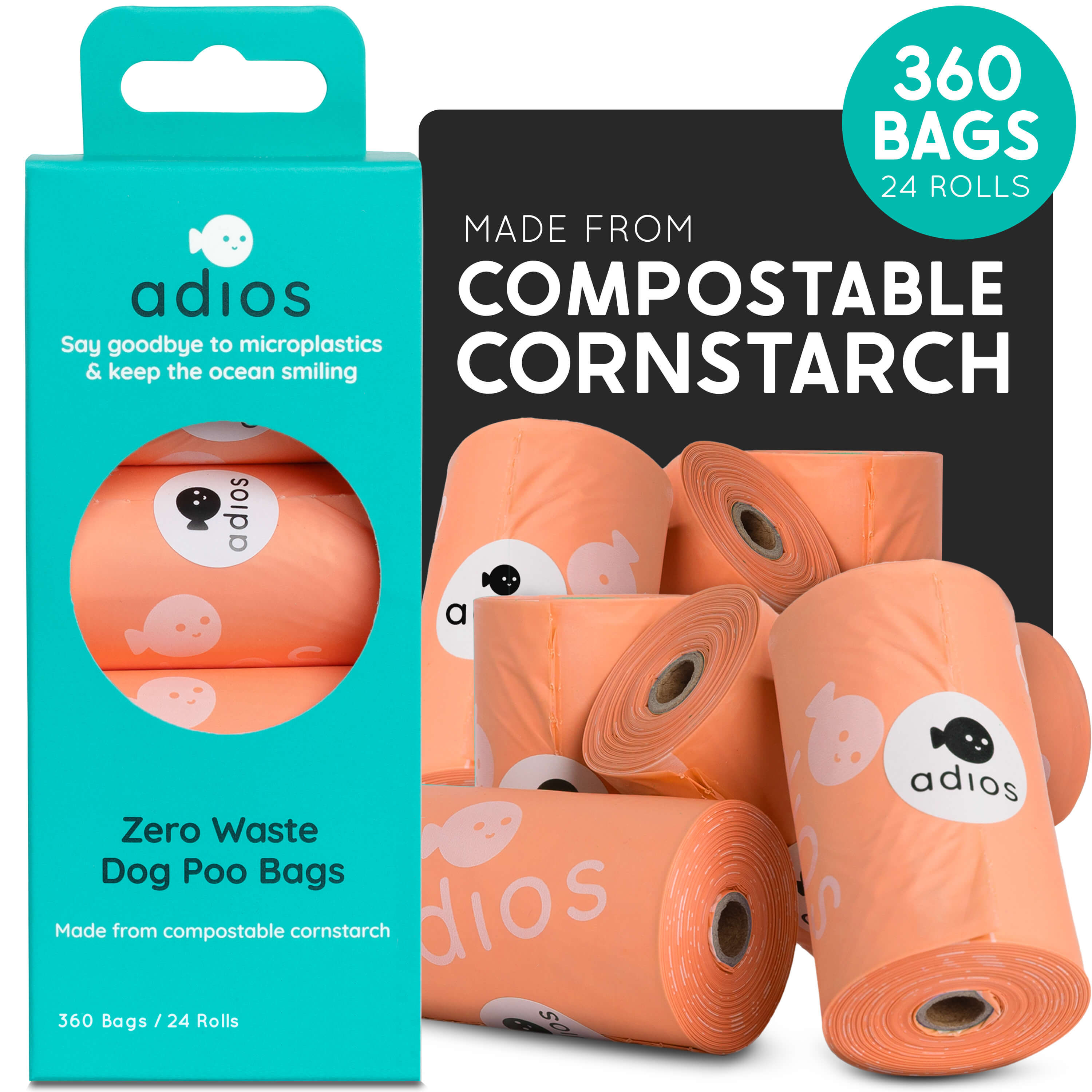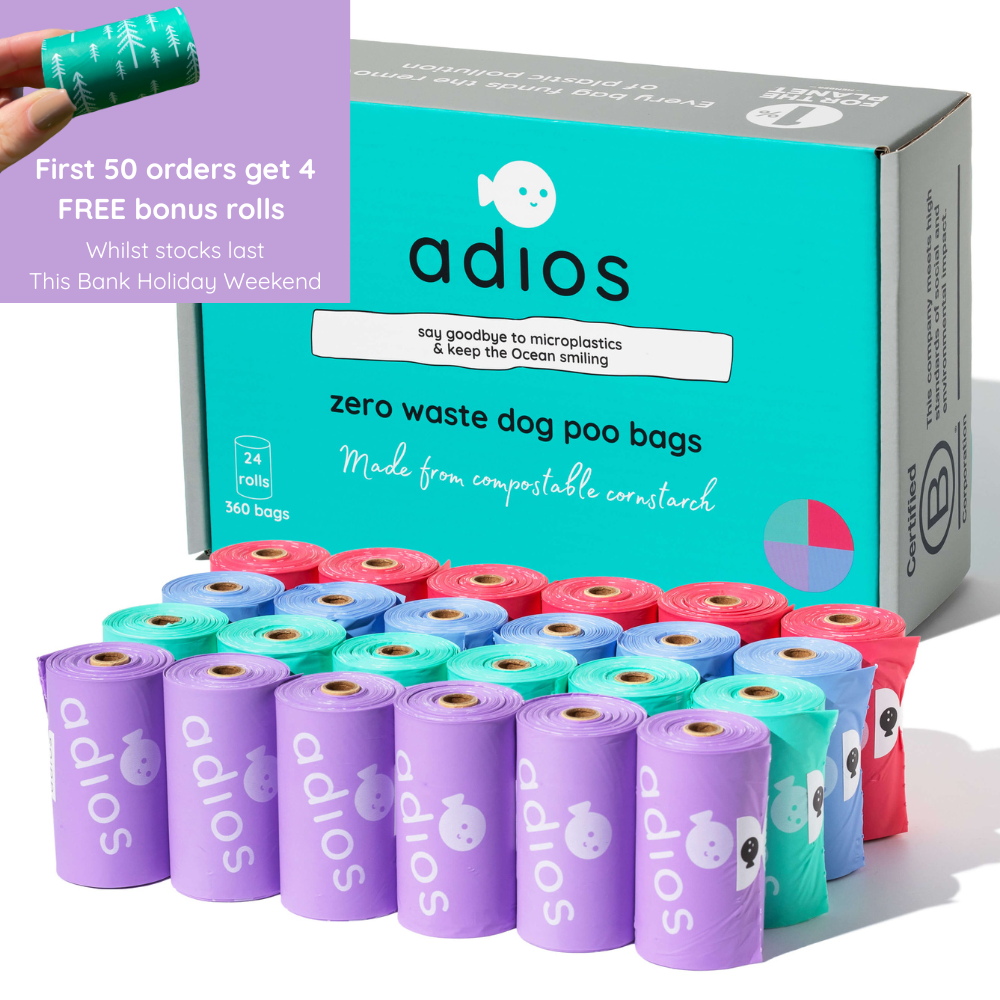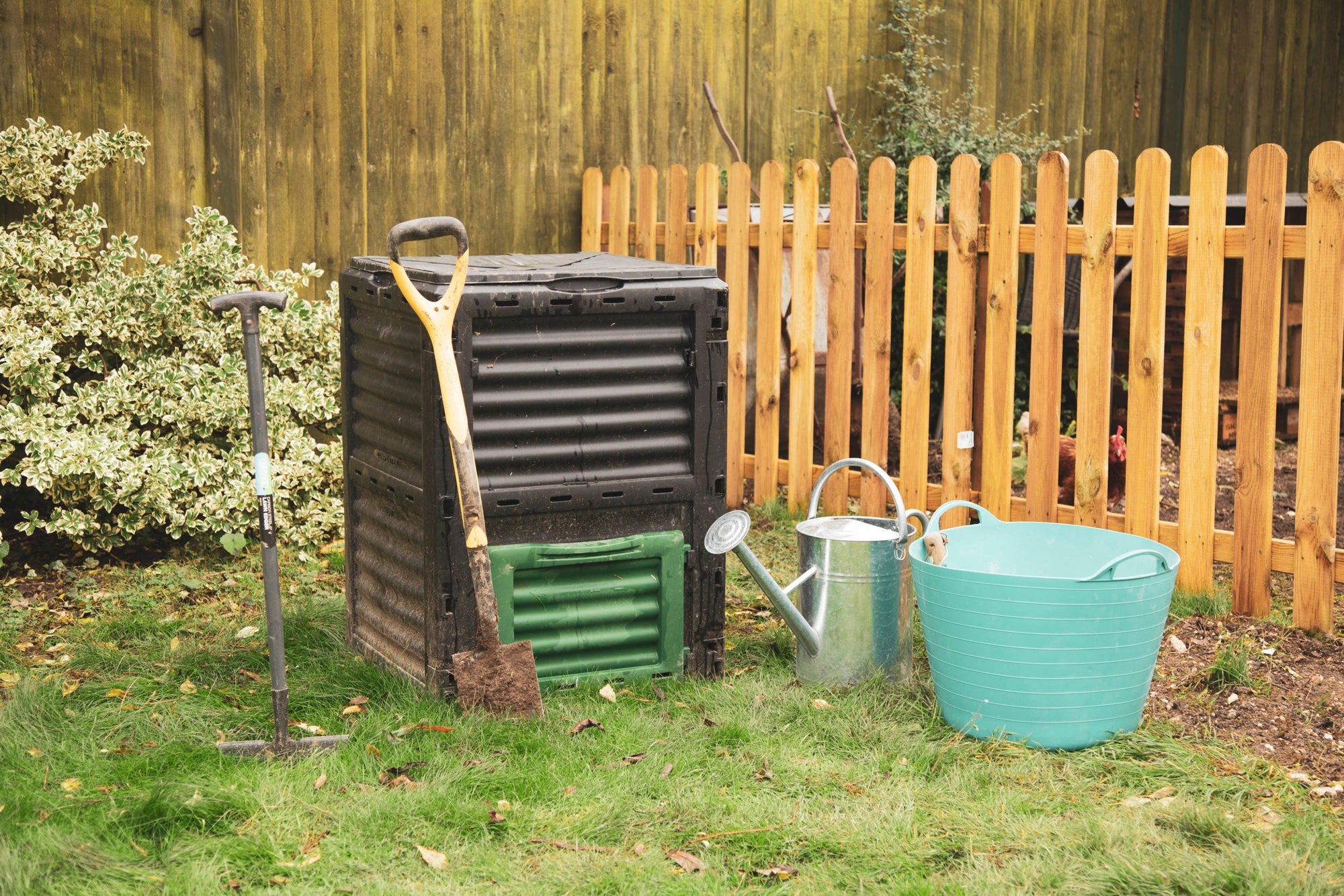

· By ben.d
How To Compost Dog Poop
Approximately 1,000 tonnes of faecal waste are produced every day by dogs in the UK. On top of this, owners tend to use single-use plastic bags to pick up the poop, and then put it in a bin to send it to landfill. This is bad for the environment for a plethora of reasons. Dog poop is considered an environmental hazard. Your dog’s poop consists of three-quarters water, undigested food, and carbohydrates, fibre, proteins, and fats, and there’s a lot of bacteria present from the dog’s digestive system. This means that if the dog has worms or another disease, it will be present in their waste. When it’s left on the street, or put in a bin to be sent to landfill, it can contaminate the water ways and becomes a health hazard.
However, you don’t need to let your dog’s poop become a hazard. Instead, you can compost it and turn it into a nutrient for your own garden and plants. Composting dog waste also keeps tons of material being added to a landfill or sewer system that is already overwhelmed. Want to know how to do this? Read on to find out! The below steps are based on our own experience at home when we first setup our composter in the garden (in the background you'll see our chickens if you look hard enough! and Luna our golden retriever offering to help in the last photo)
Step 1: Make Your Own Compost Bin
Composting is a natural process that reduces organic waste and helps it to become a nutrient source for plants. To compost your own dog’s poop, you’re going to need to make your own compost bin. This bin can be filled with things like grass clippings, plants, and other organic waste. Sawdust can also be added, as this becomes a source of food for microbes. You can still do this if you live in a small place without a garden, as small compost bins can be used. Buy a compost bin or make your own. This is a natural process sped up by using heat, adding oxygen, and moisture. Please make sure this is a separate dedicated heap for dog waste and it is not mixed with food waste.
Choose a site that is 3 feet by 3 feet minimum to place your compost bin but don’t place the bin where water could get into it. Keep out of reach of children and pets.

Step 2: Get The Right Materials Together
Composting uses a mixture of both wet and dry materials. Wet materials should have a high nitrogen content, such as grass clippings and food waste, while dry materials should have a high carbon content, like dried leaves, straw, or sawdust. Ensure you mix the wet and dry items to the correct ratio to get the desired effect. Usually, 2 parts dog poop to 1 part sawdust is advised.

Step 3: Get The Right Materials Together
Layering the materials you have chosen to use before mixing them is the best way to get the right ratio. Don’t use plastic, single-use bags when adding your dog’s poop to the compost bin. Sometimes, even biodegradable bags are not compostable. Check that your bags are suitable for composting before adding them - they will specifically say this somewhere if they are. Sprinkle with water once your mixture is ready - it shouldn’t be soaking, just moist.
If dog waste is not composted properly then you may be risking your health and exposing others to the dangers. Ensuring you plan ahead and that you take the maintenance of your compost bin seriously will ensure healthy and effective compost that can be used in your garden.
Although you’re trying to do your bit for the planet, avoid using waste from dogs that are not yours or dogs that show signs of illness and disease. This could do more harm than good.

Step 4: Plan For Weekly Maintenance
You must take the time to care for your compost pile weekly. Ensure you turn the mixture each week, and that you cover with black plastic to keep the heat in. A thermometer will help you to ensure that the mixture is an appropriate temperature - look for 135° -160° Fahrenheit.
Scrap plywood can be used to help protect your compost if heavy rain is expected - you can’t let it get too wet or it could ruin the effects.

Step 5: Use Your Compost Mix
In around 3-6 months you should have a crumbly compost mix that you can use on some of your plants. You can mix it with vegetative compost for even better results - but please do not use on edible plants. The compost is only suitable for non-edible plants, hanging baskets, flower beds and garden shrubbery to give some examples.

